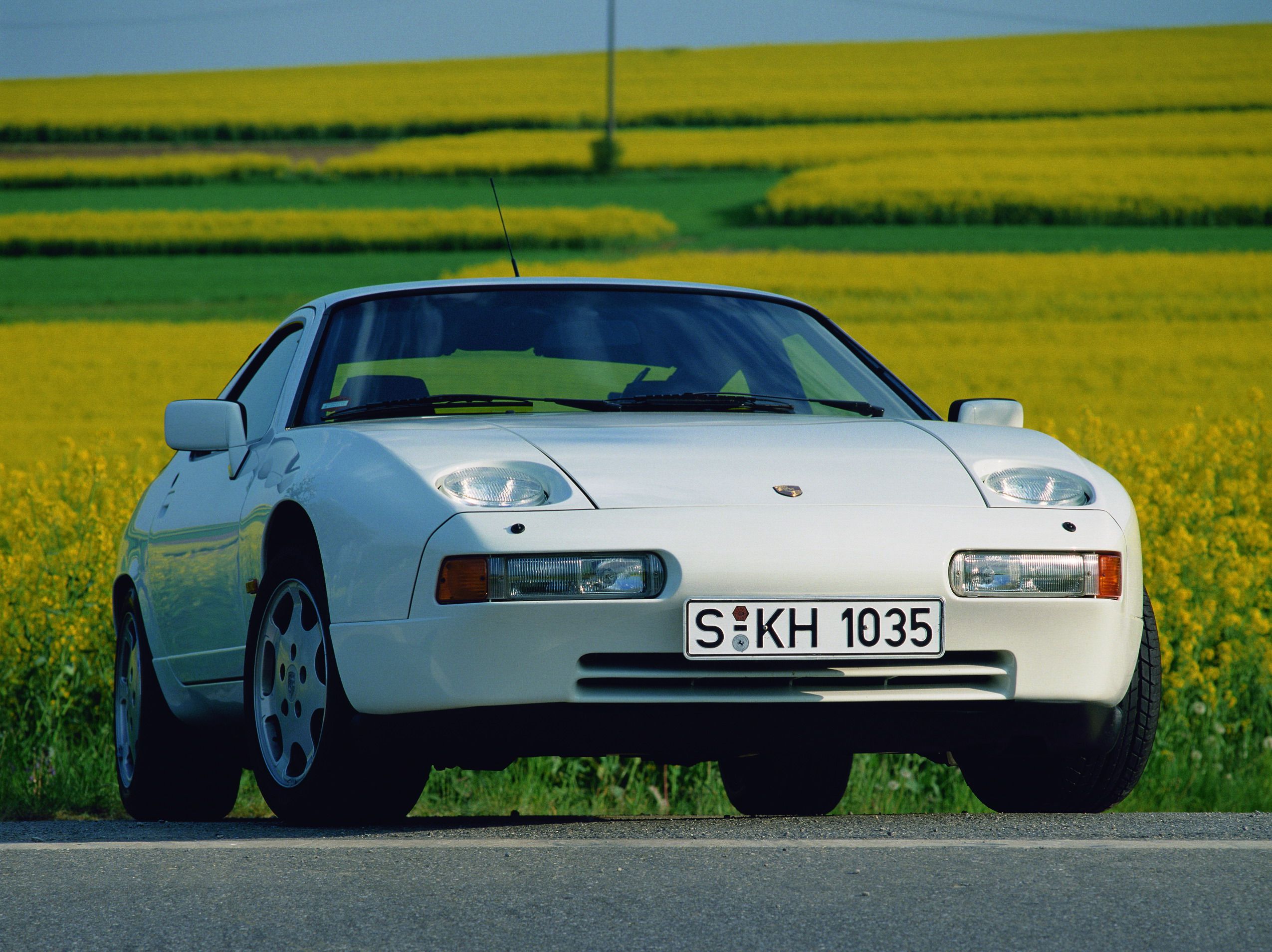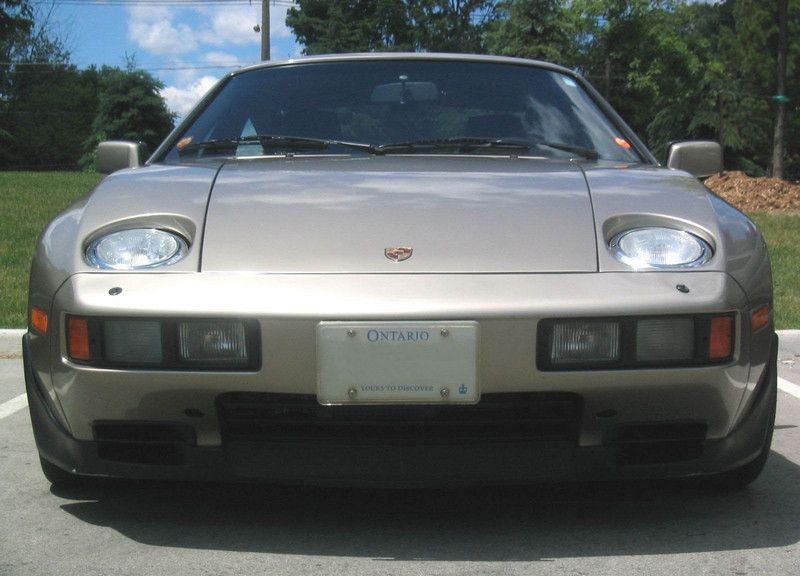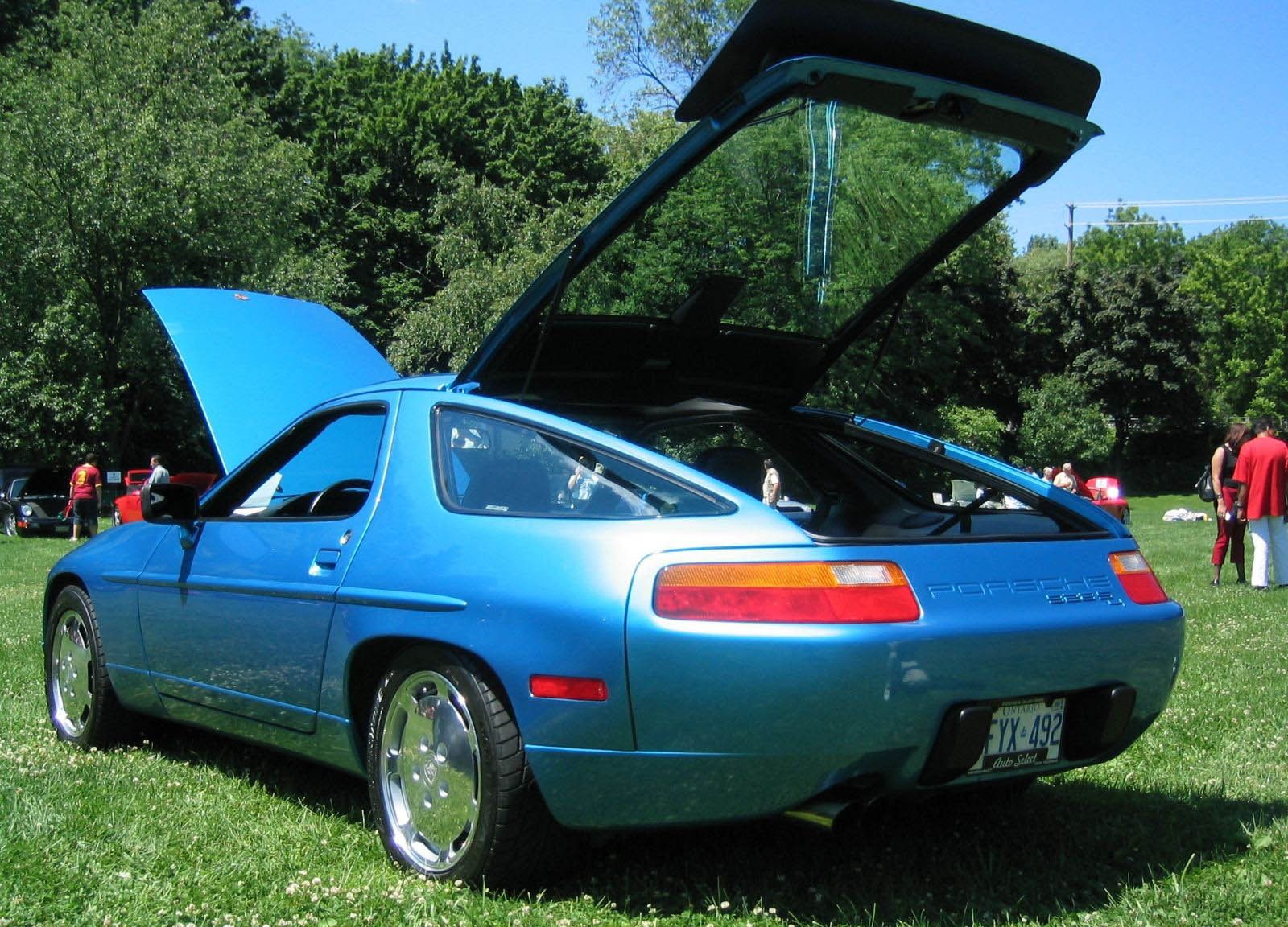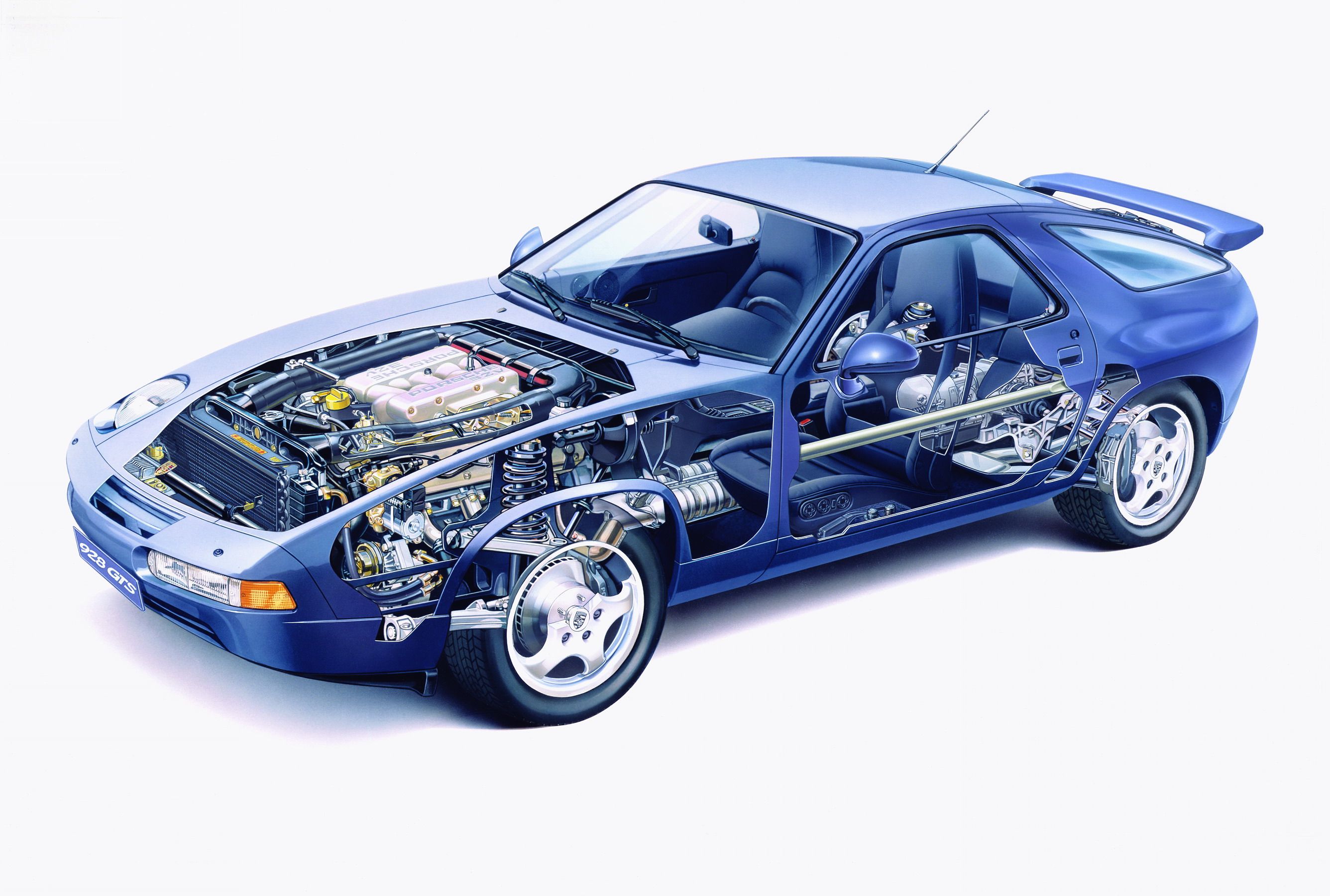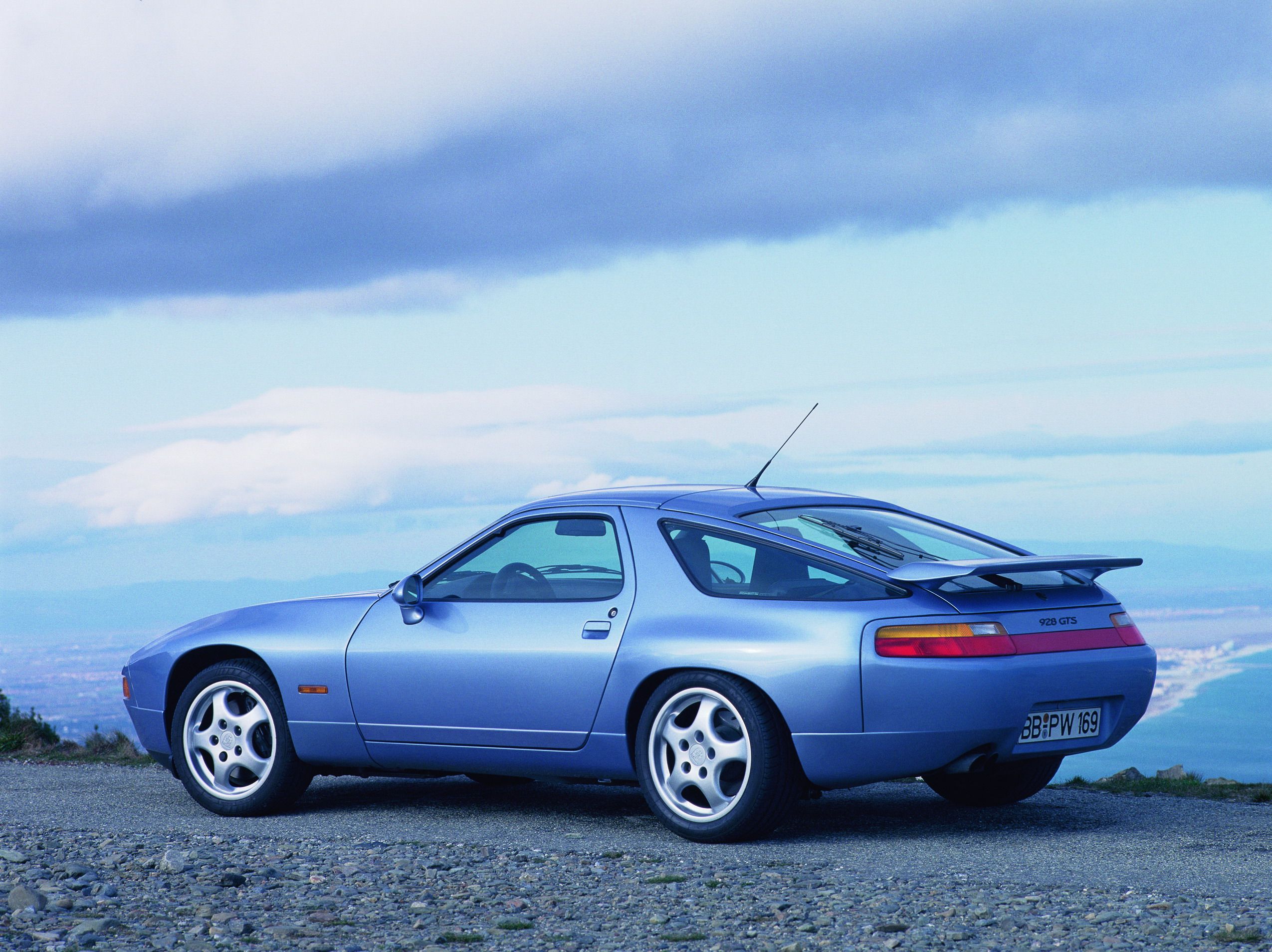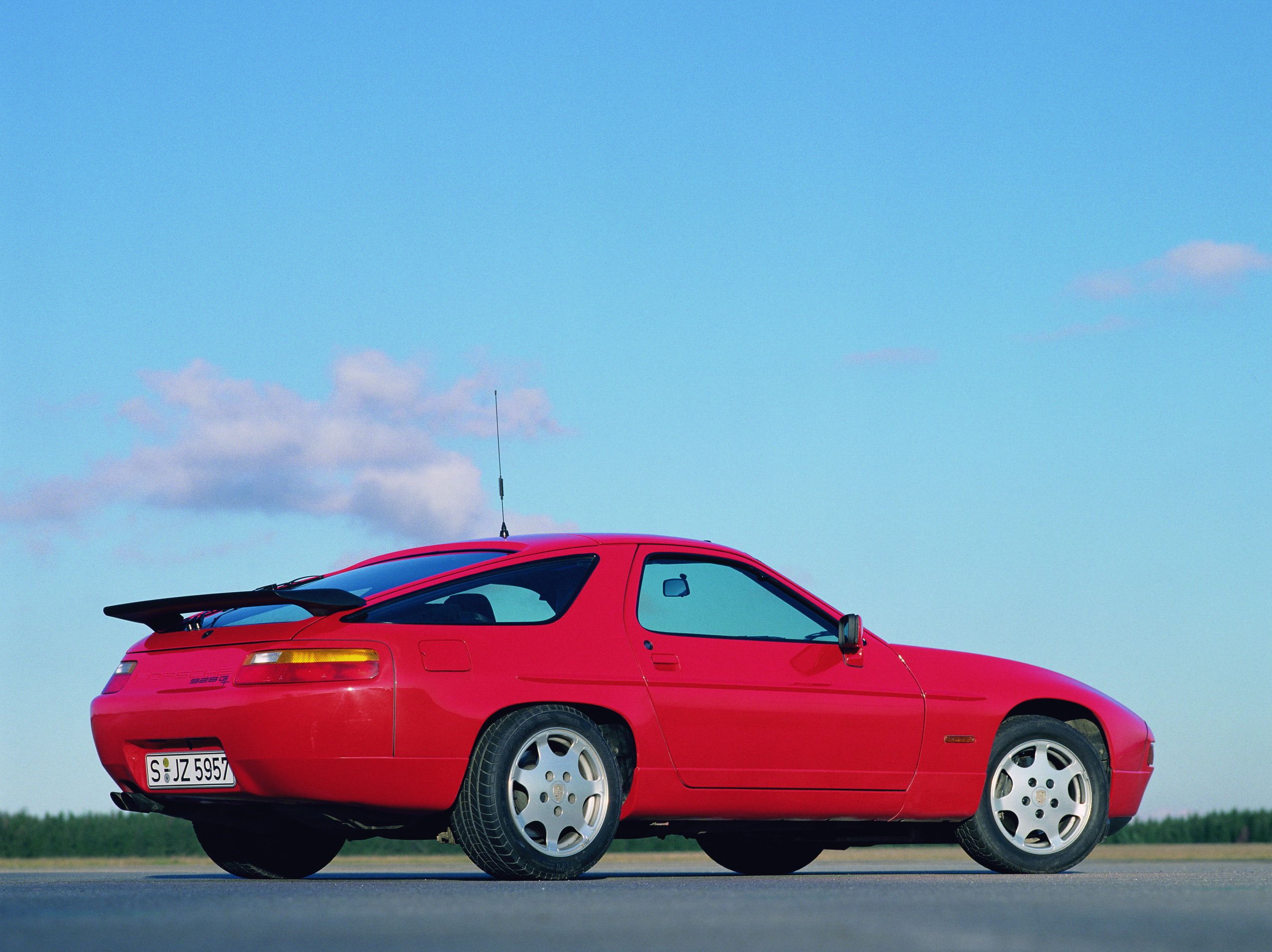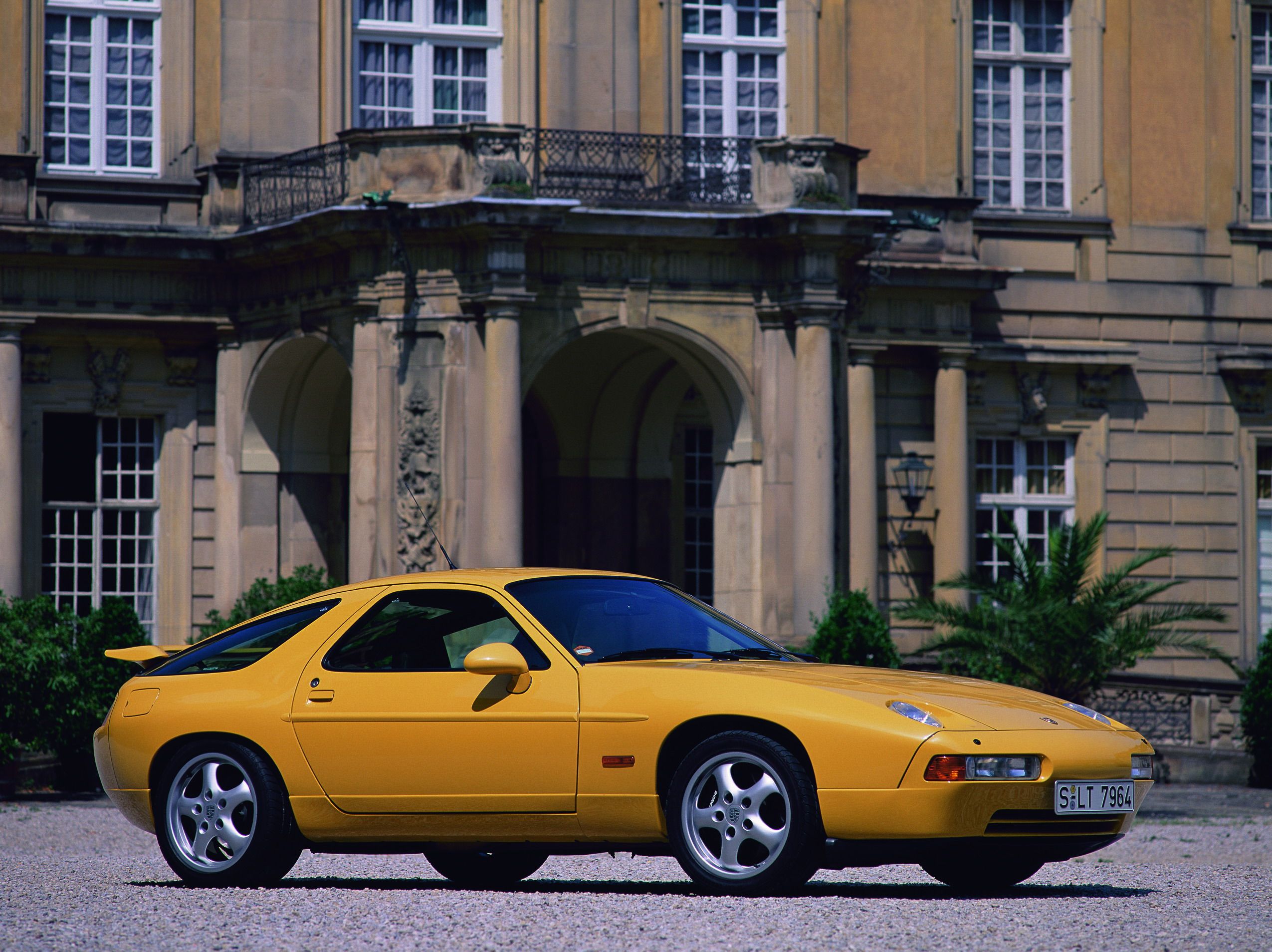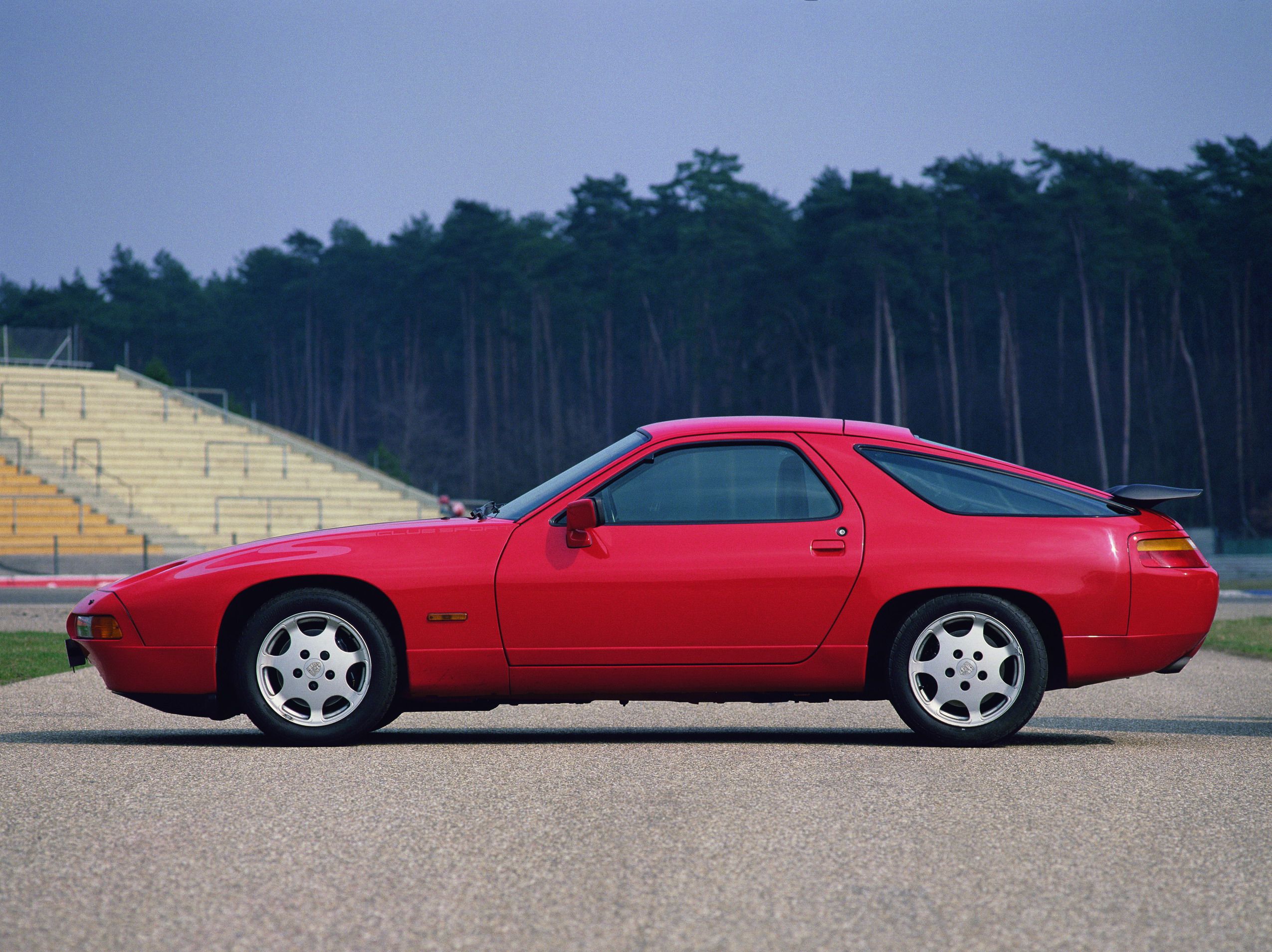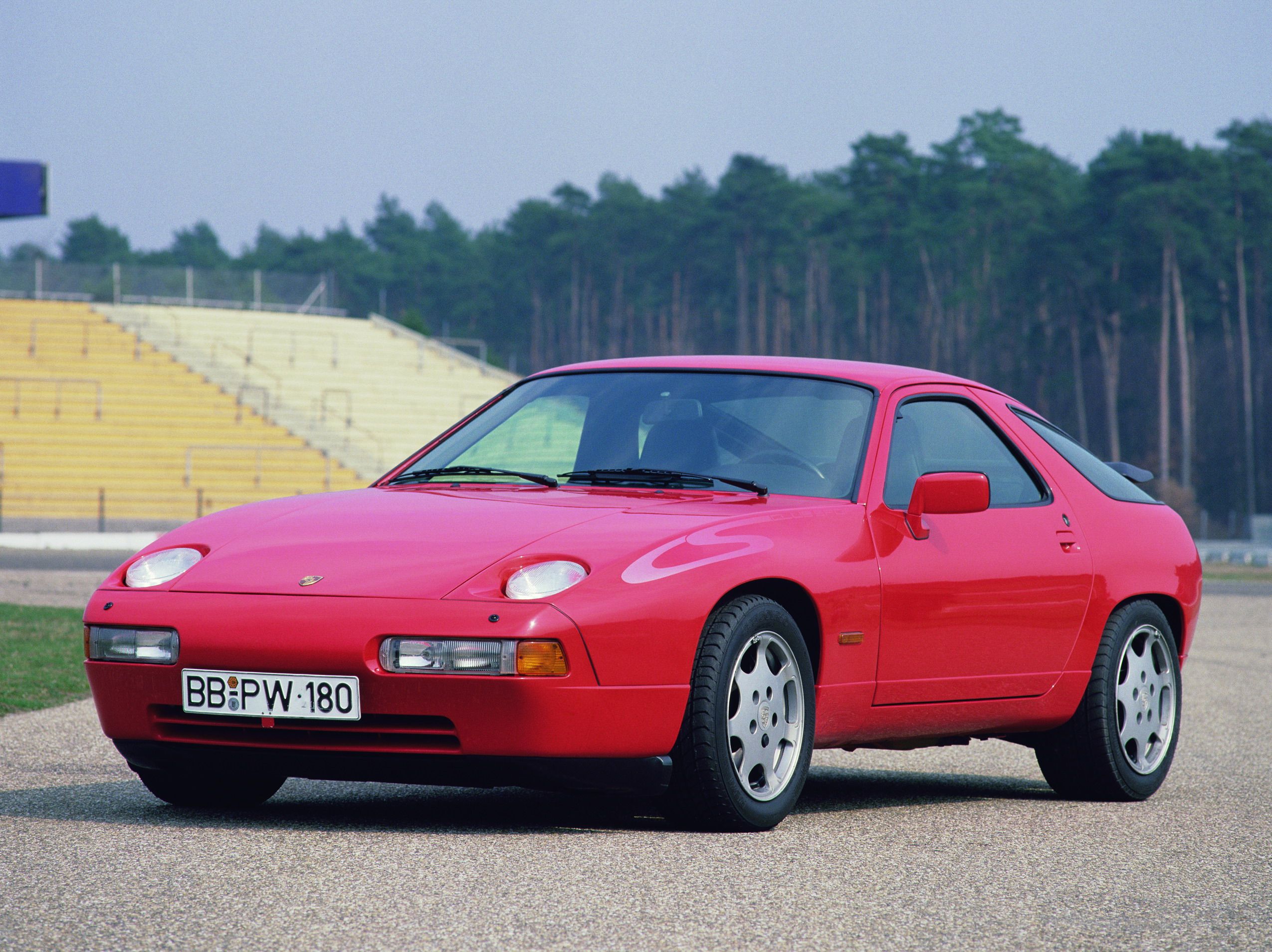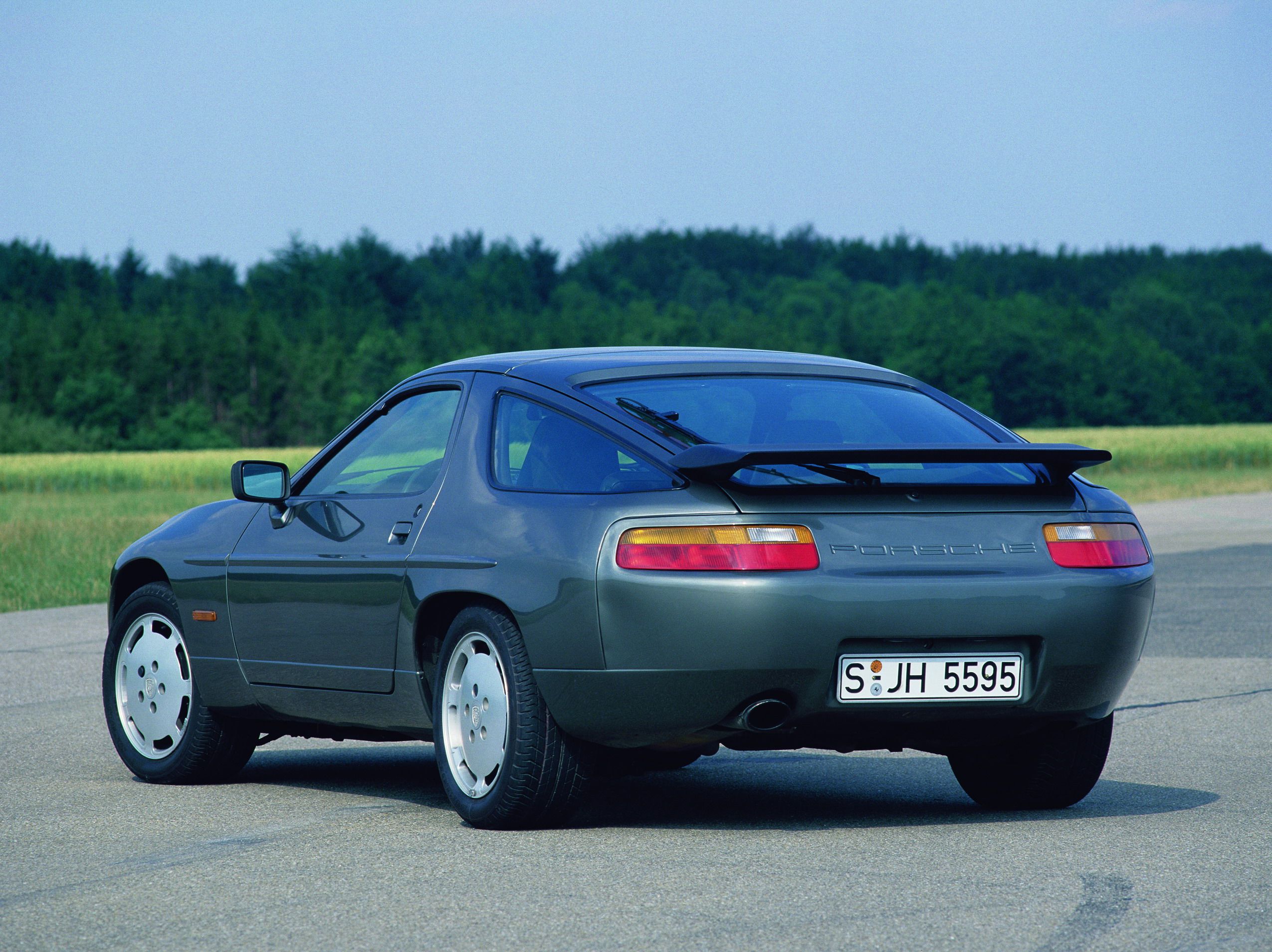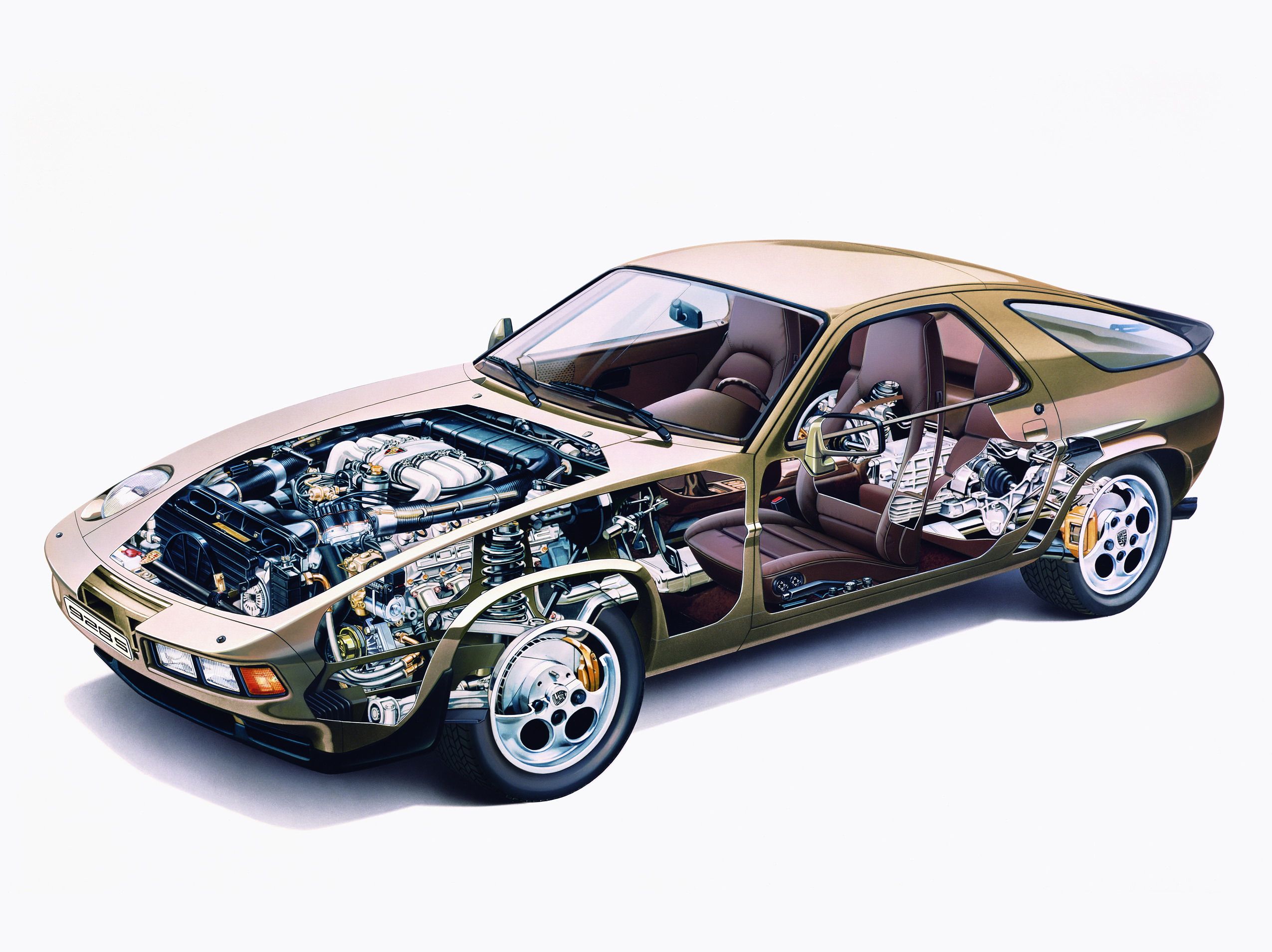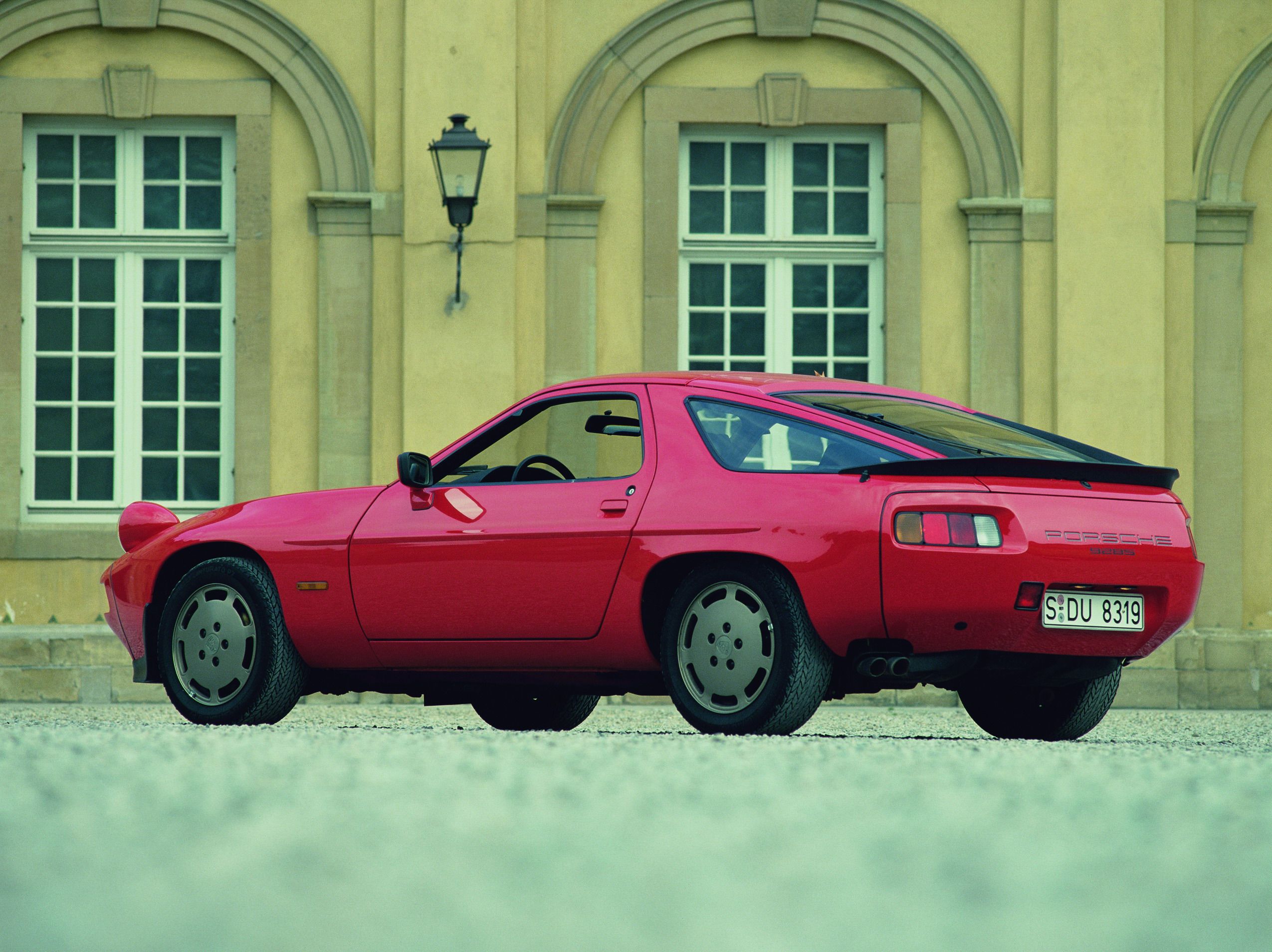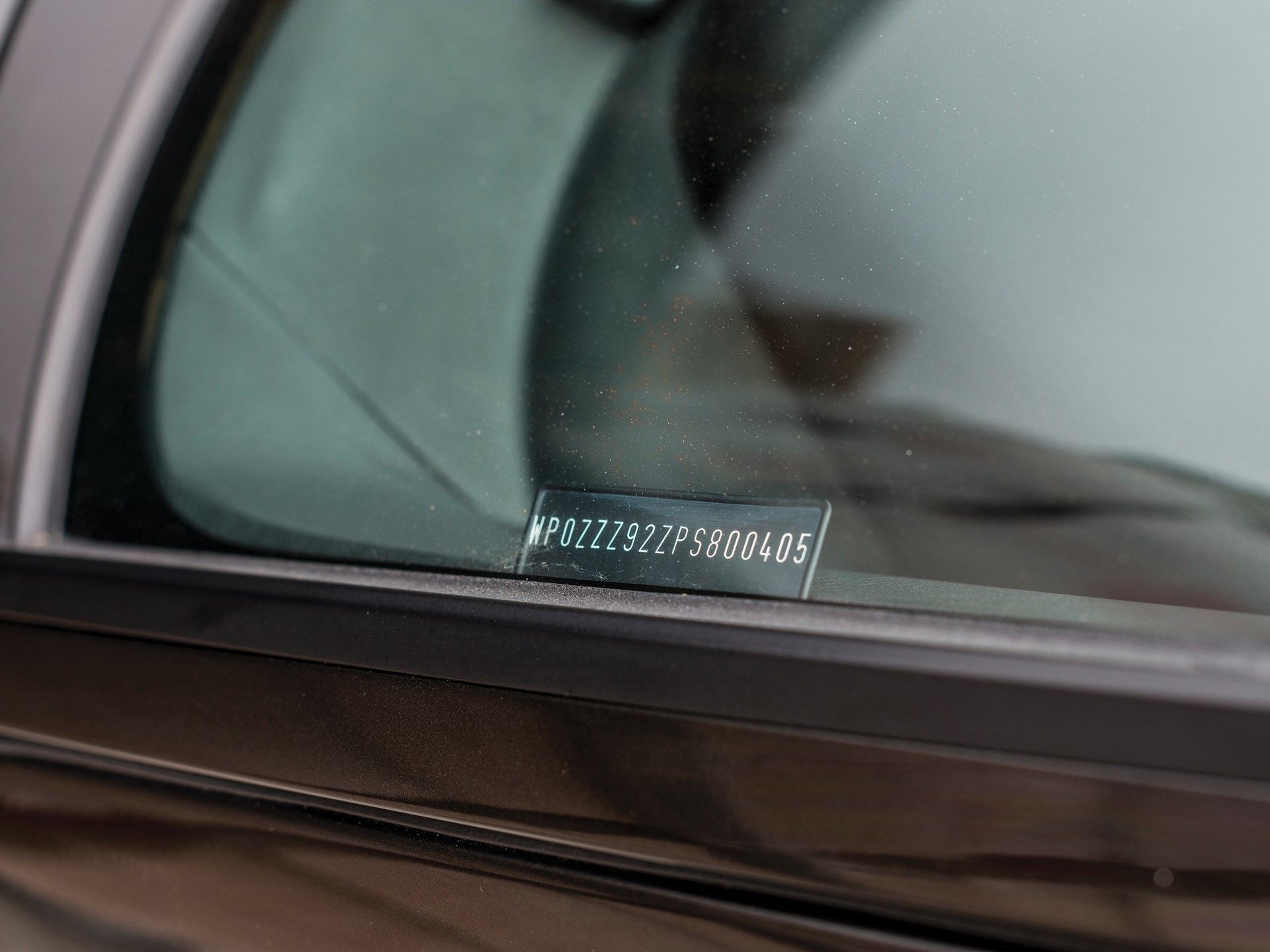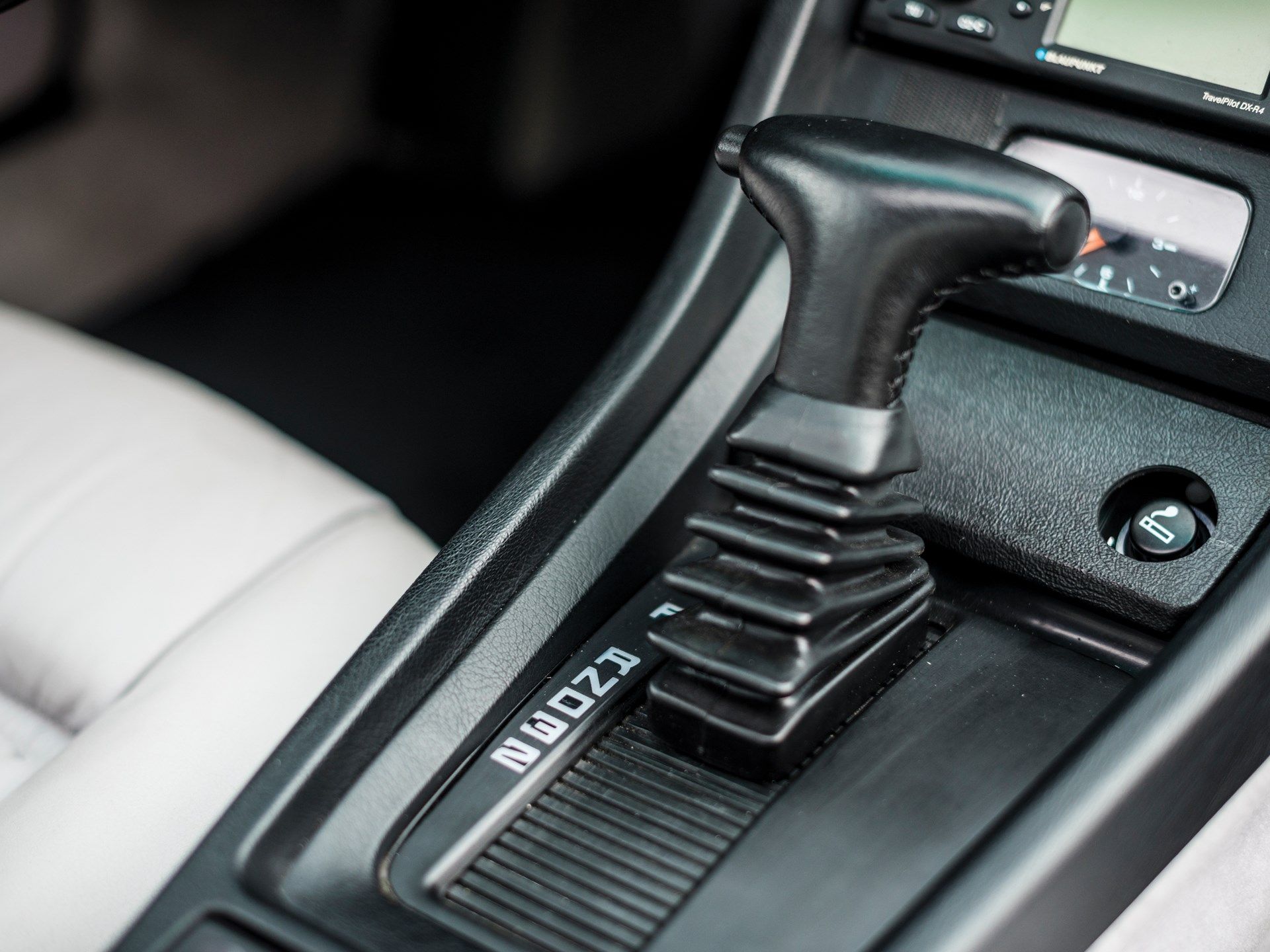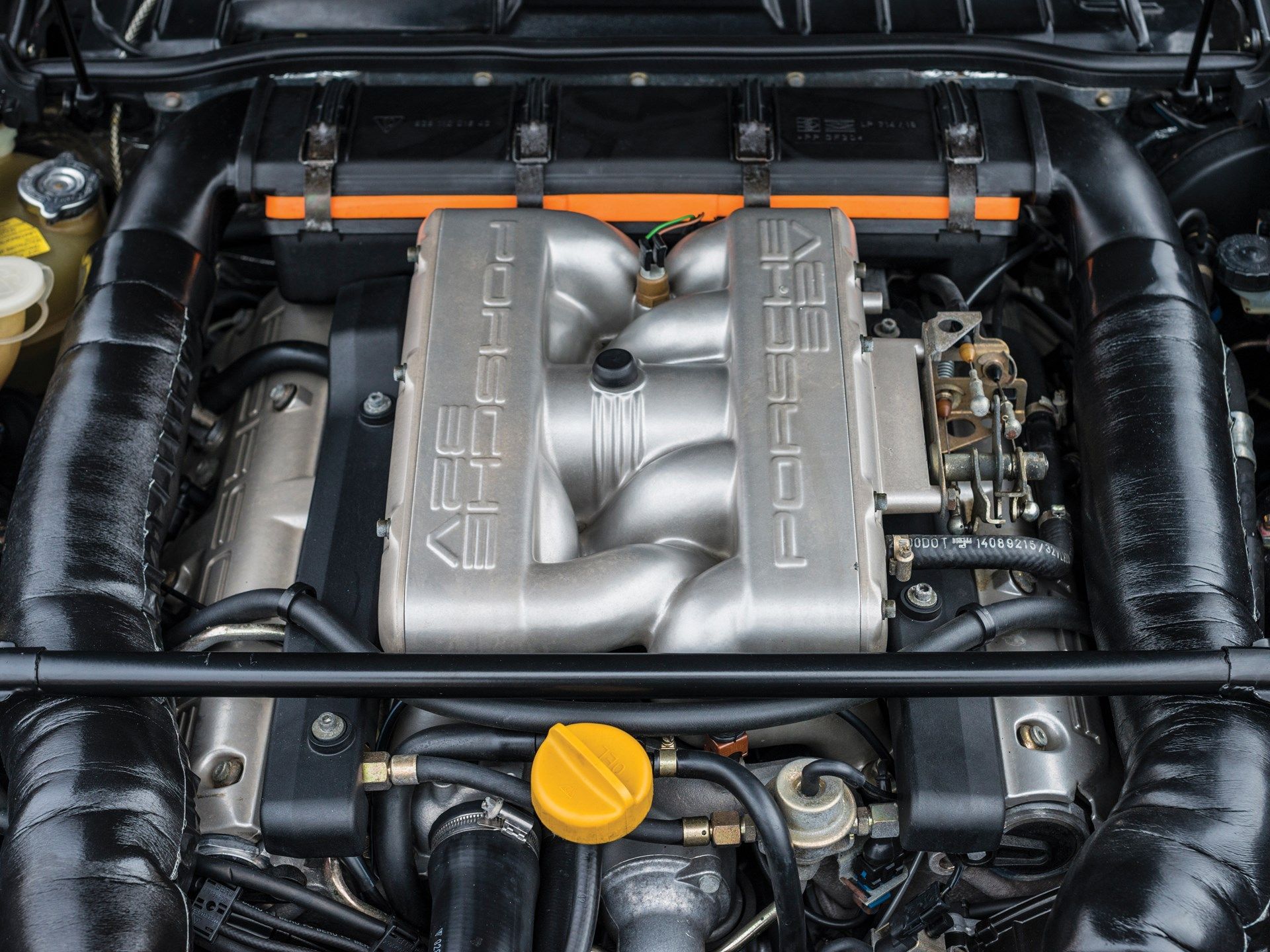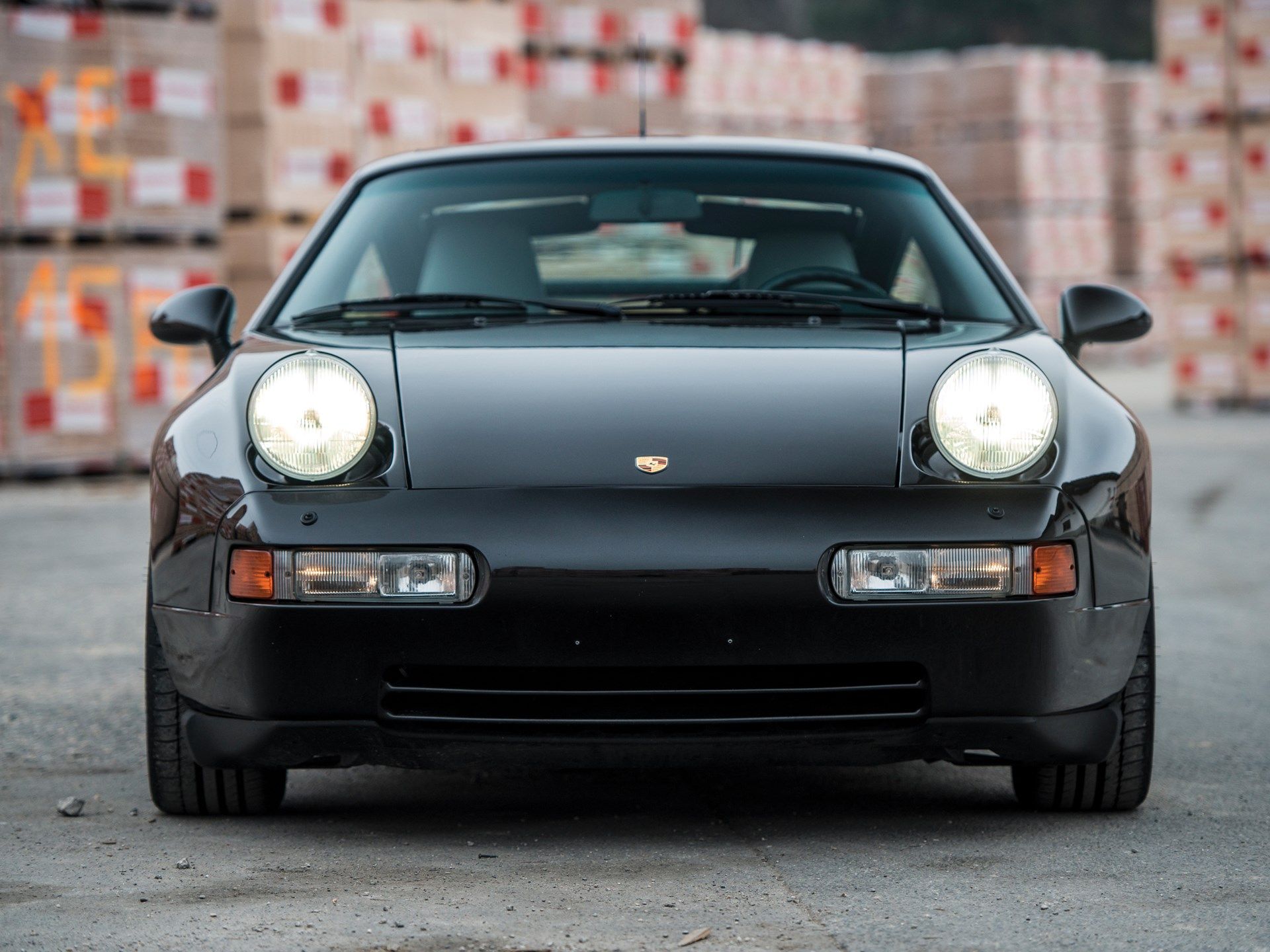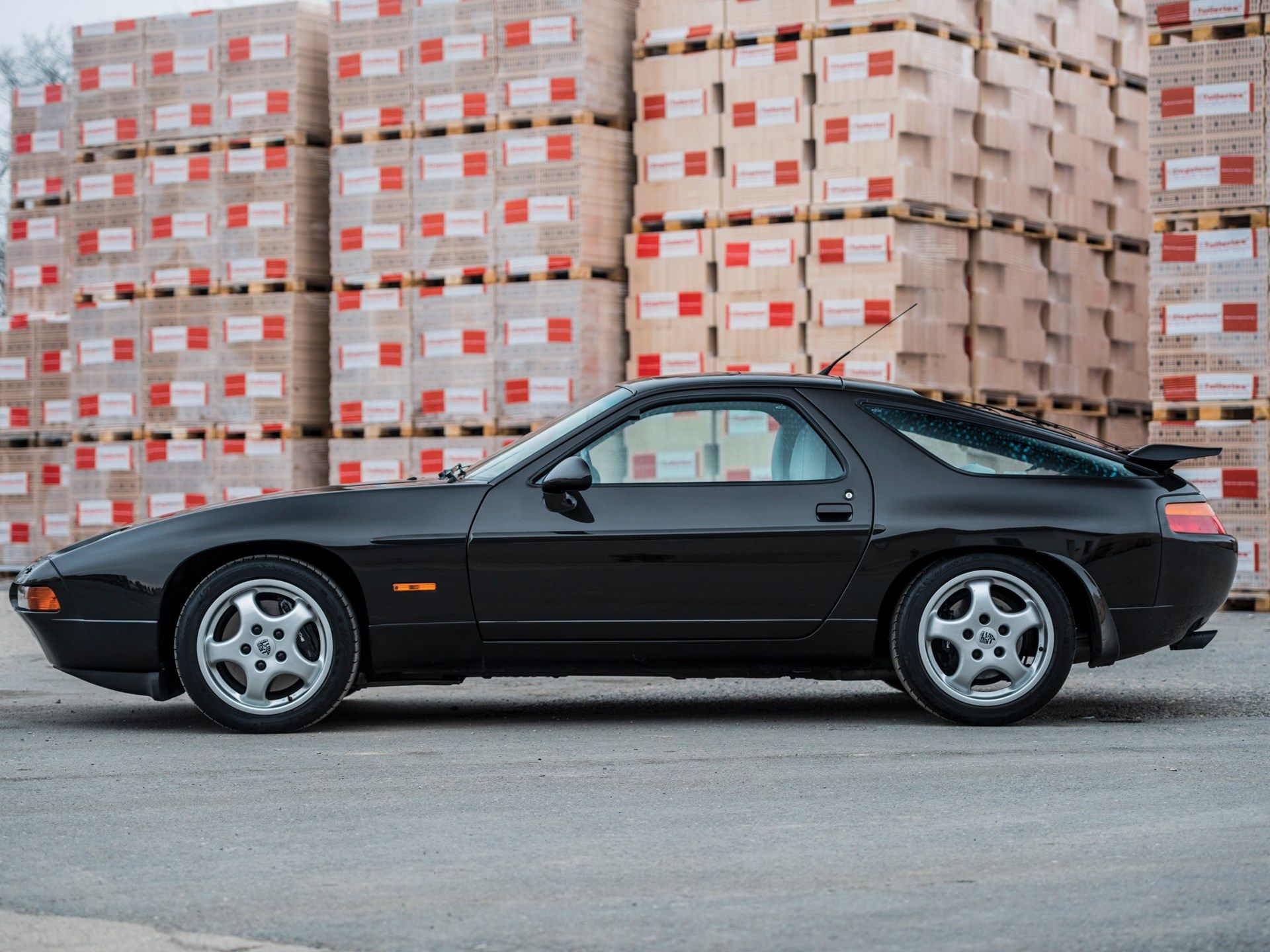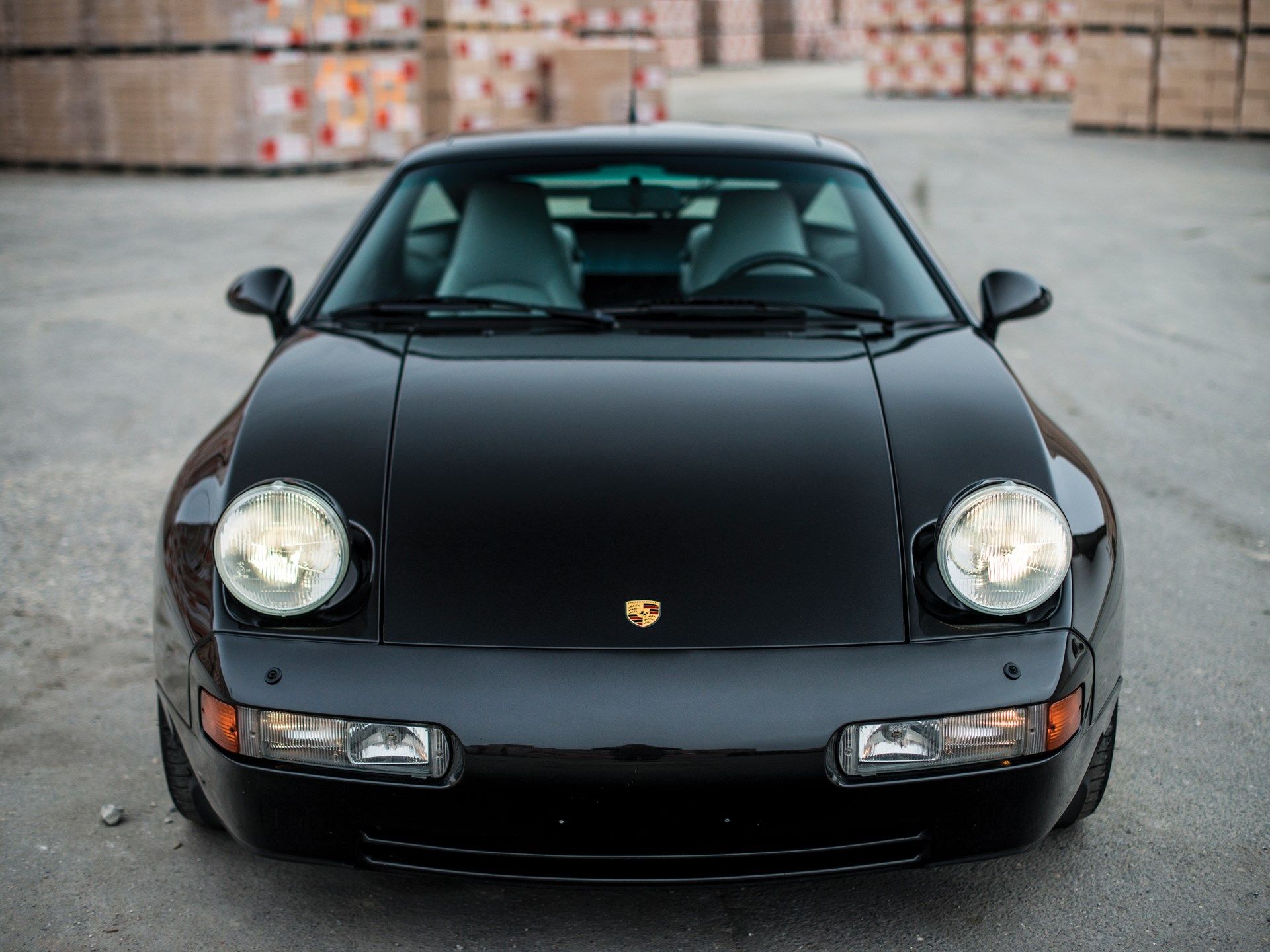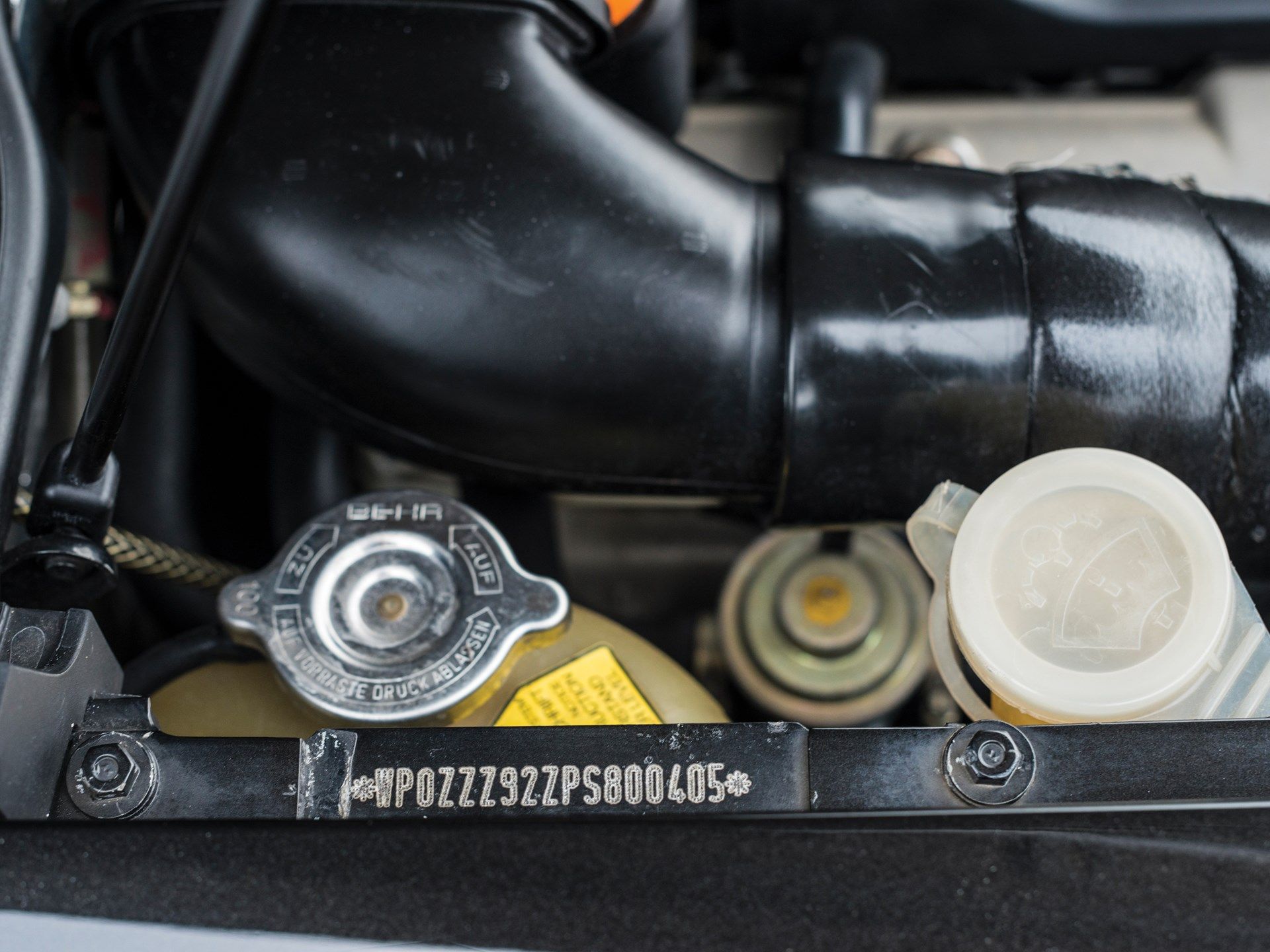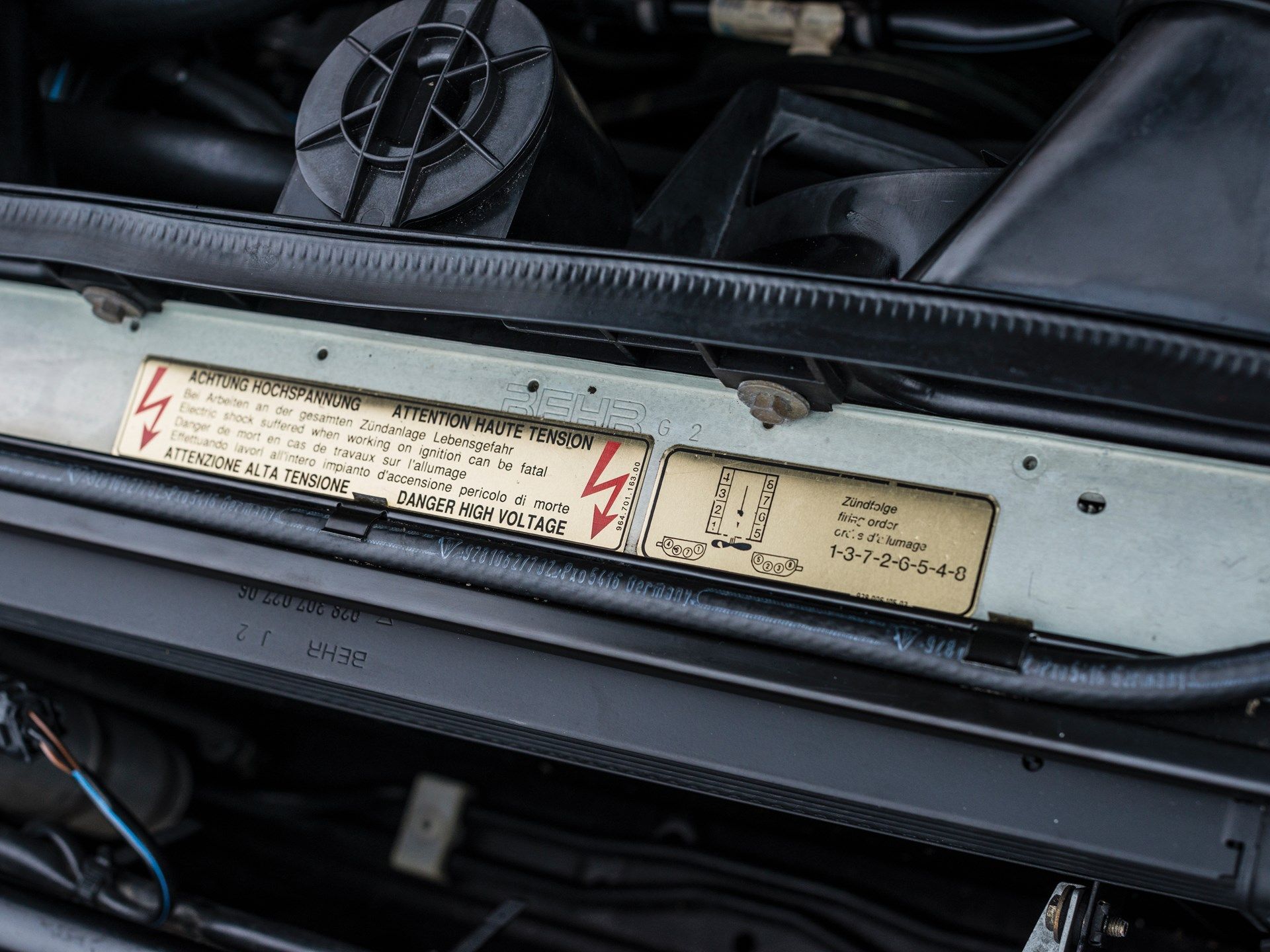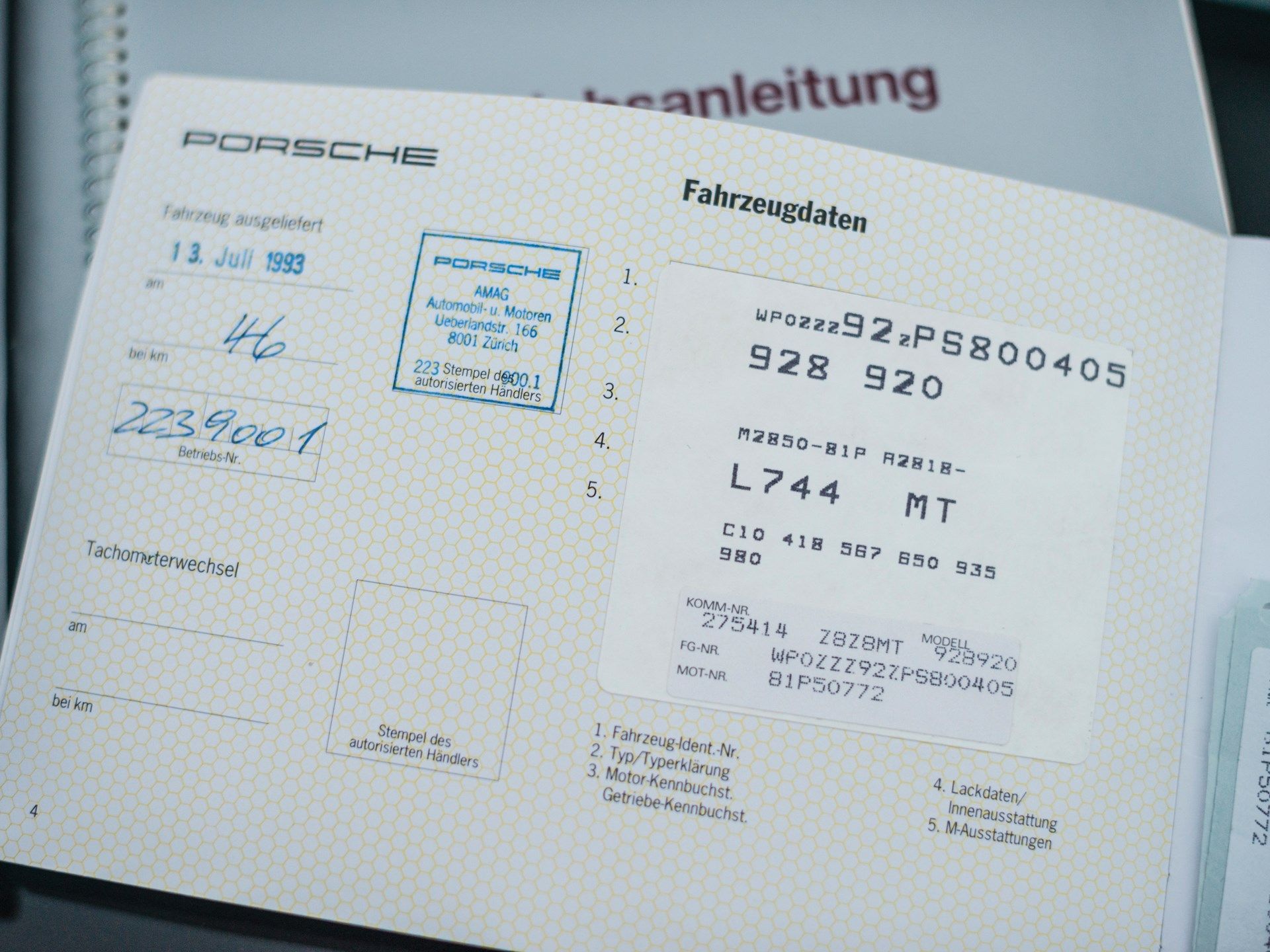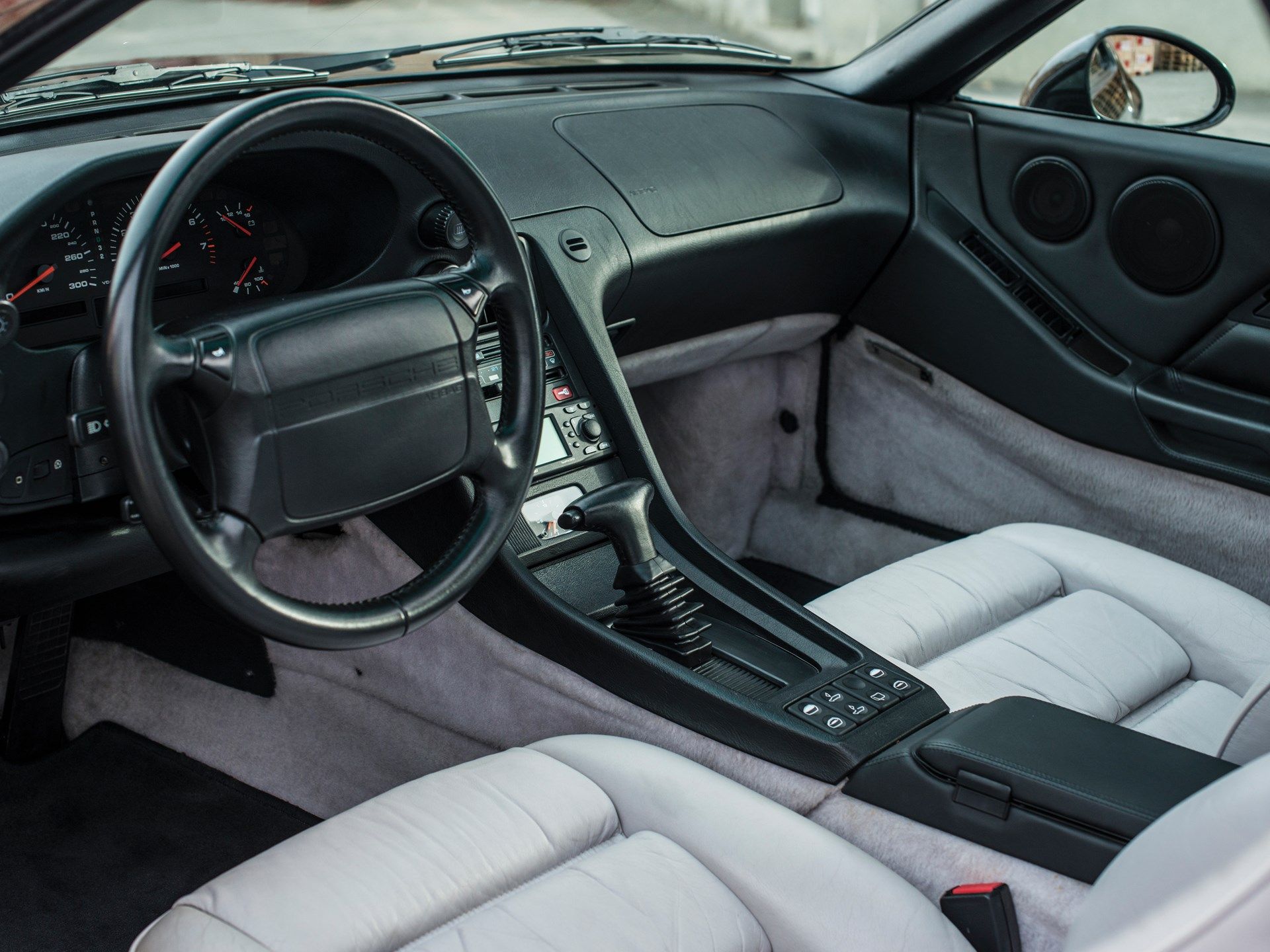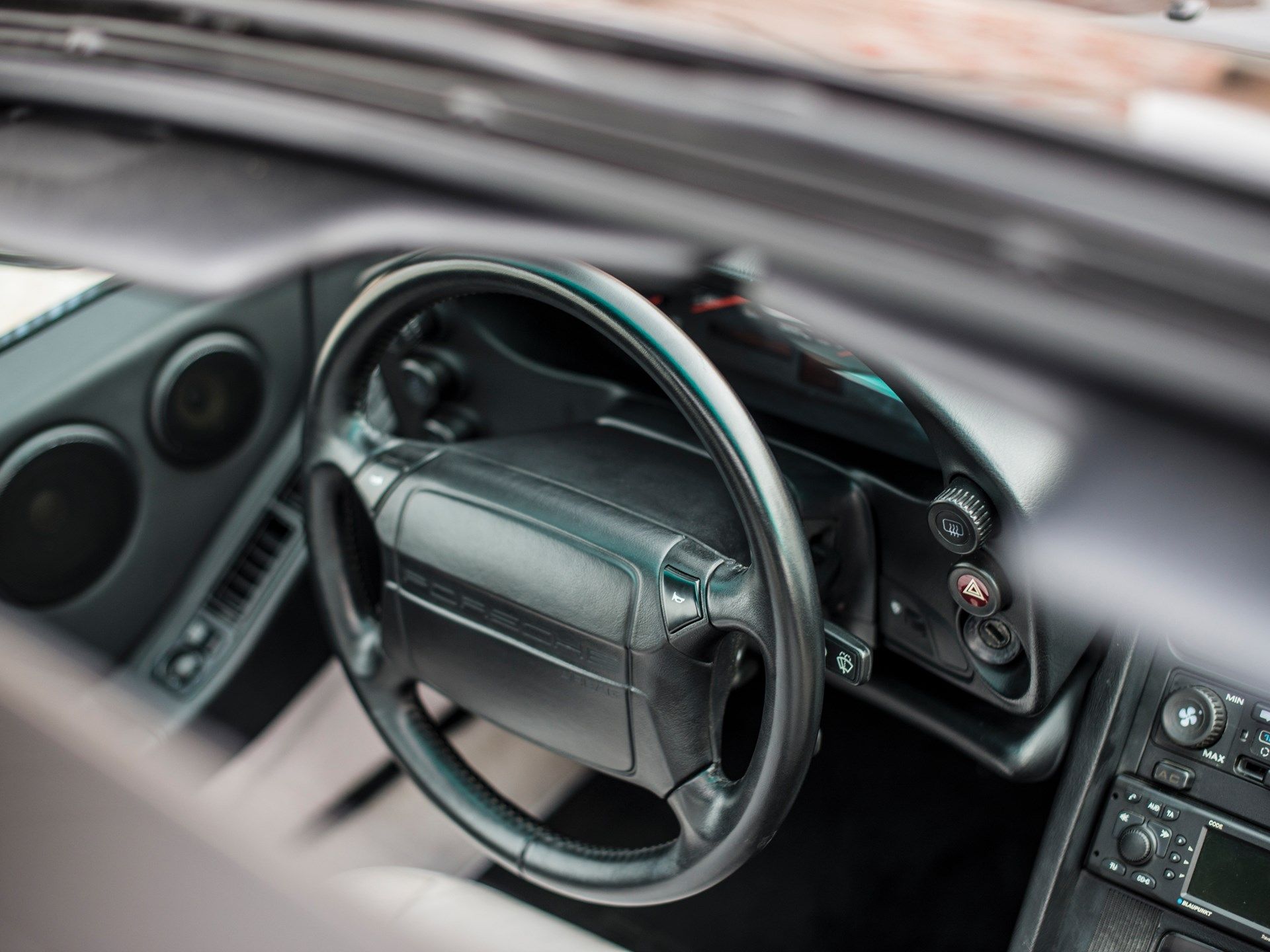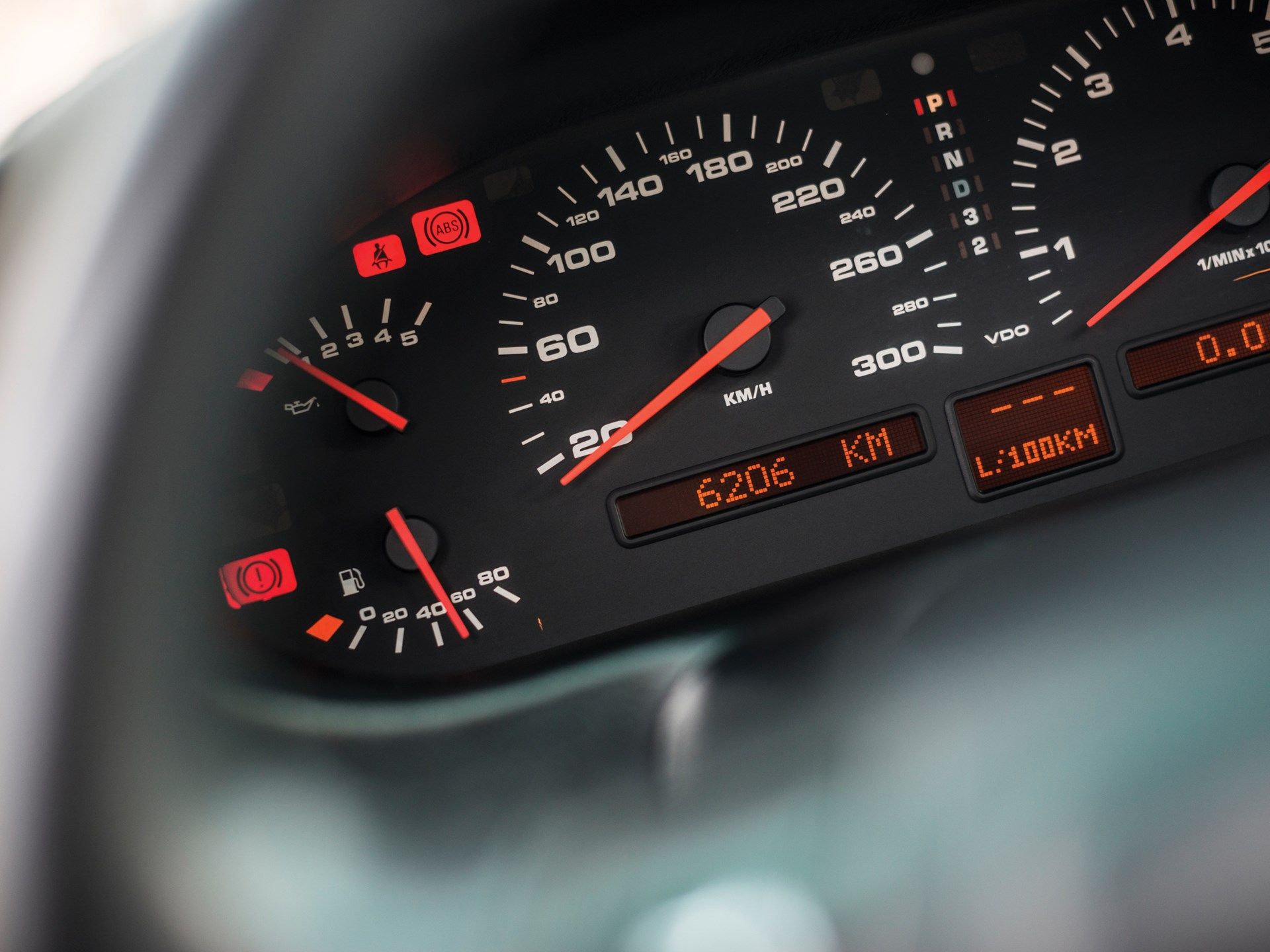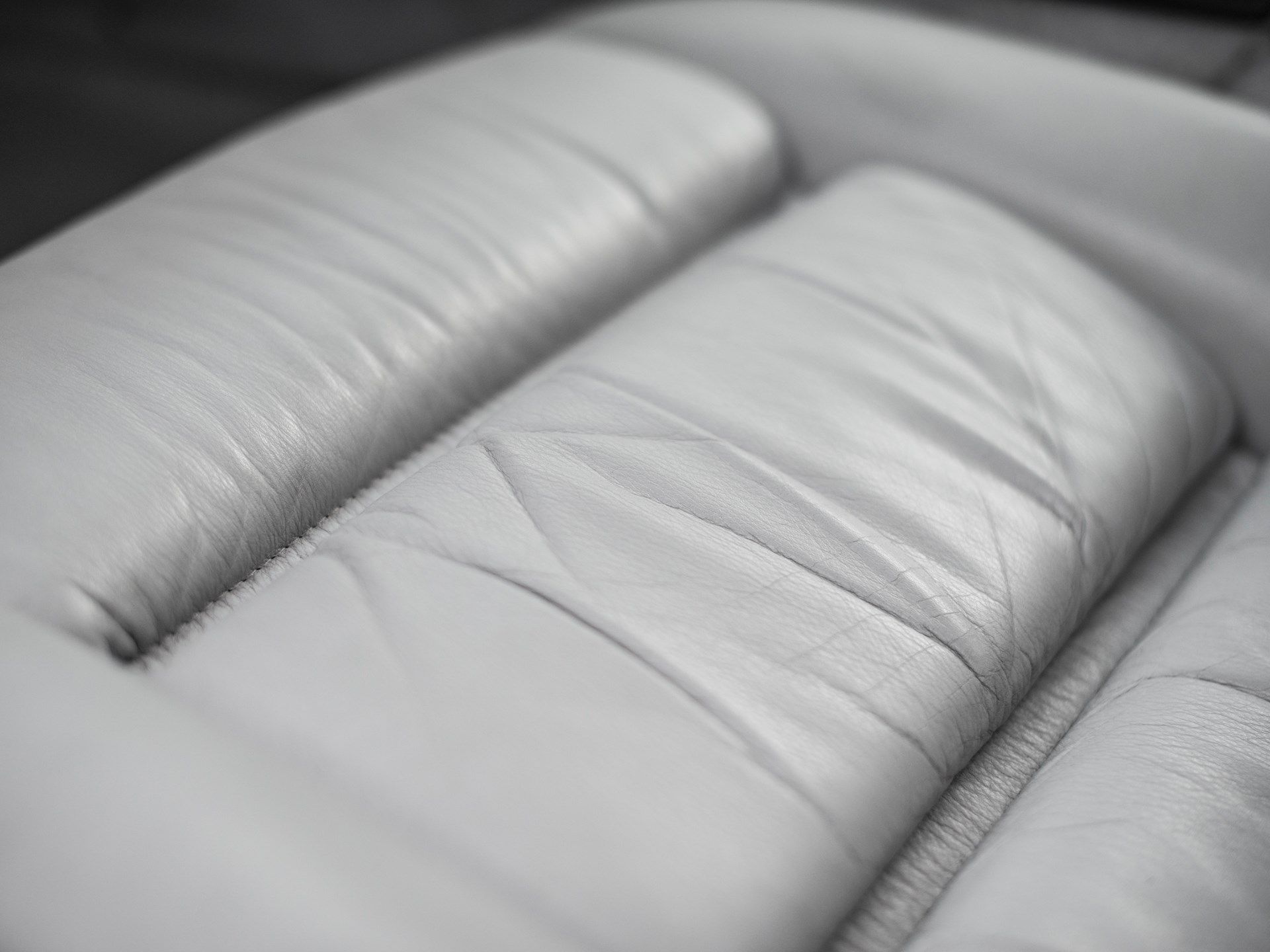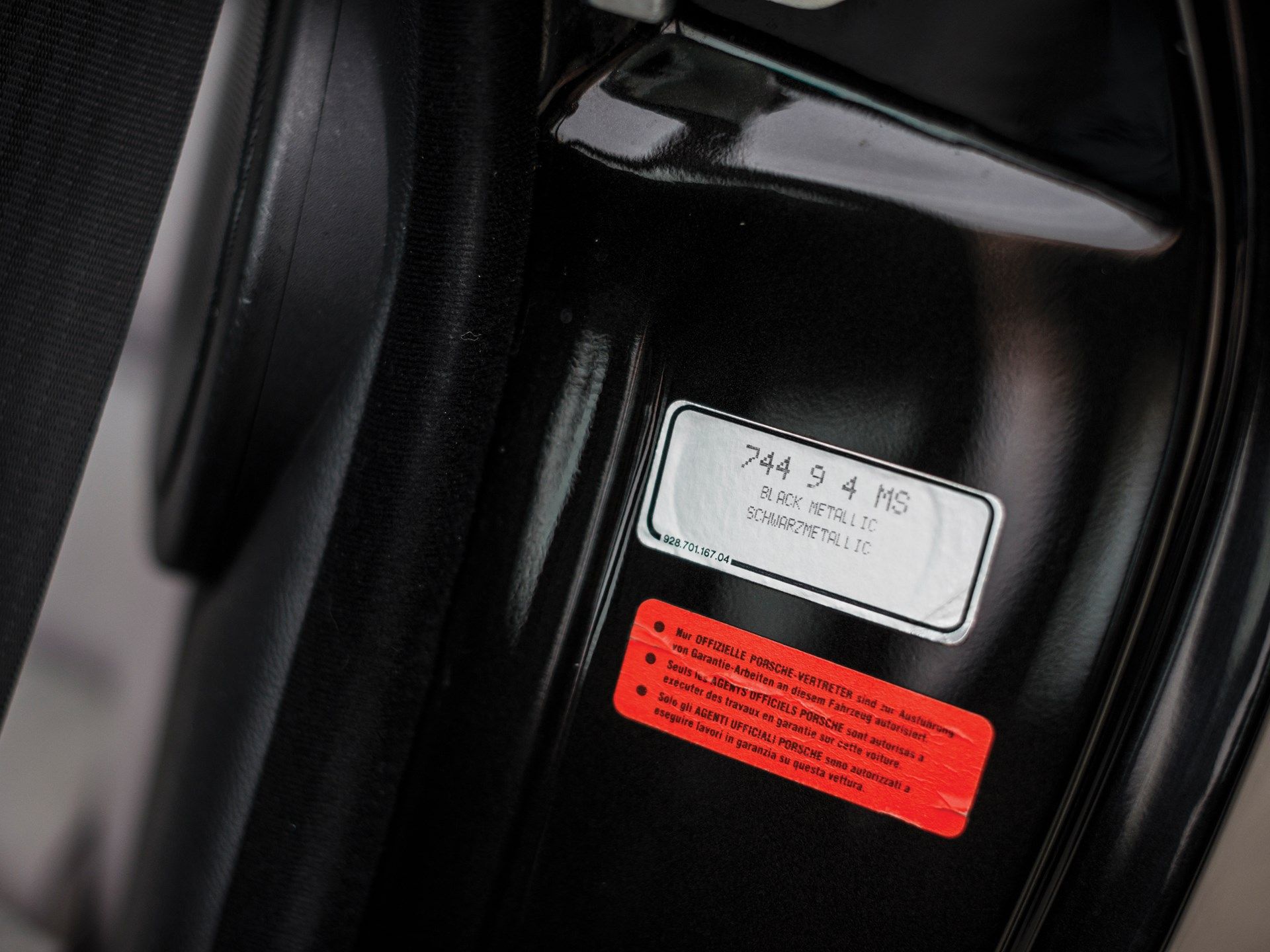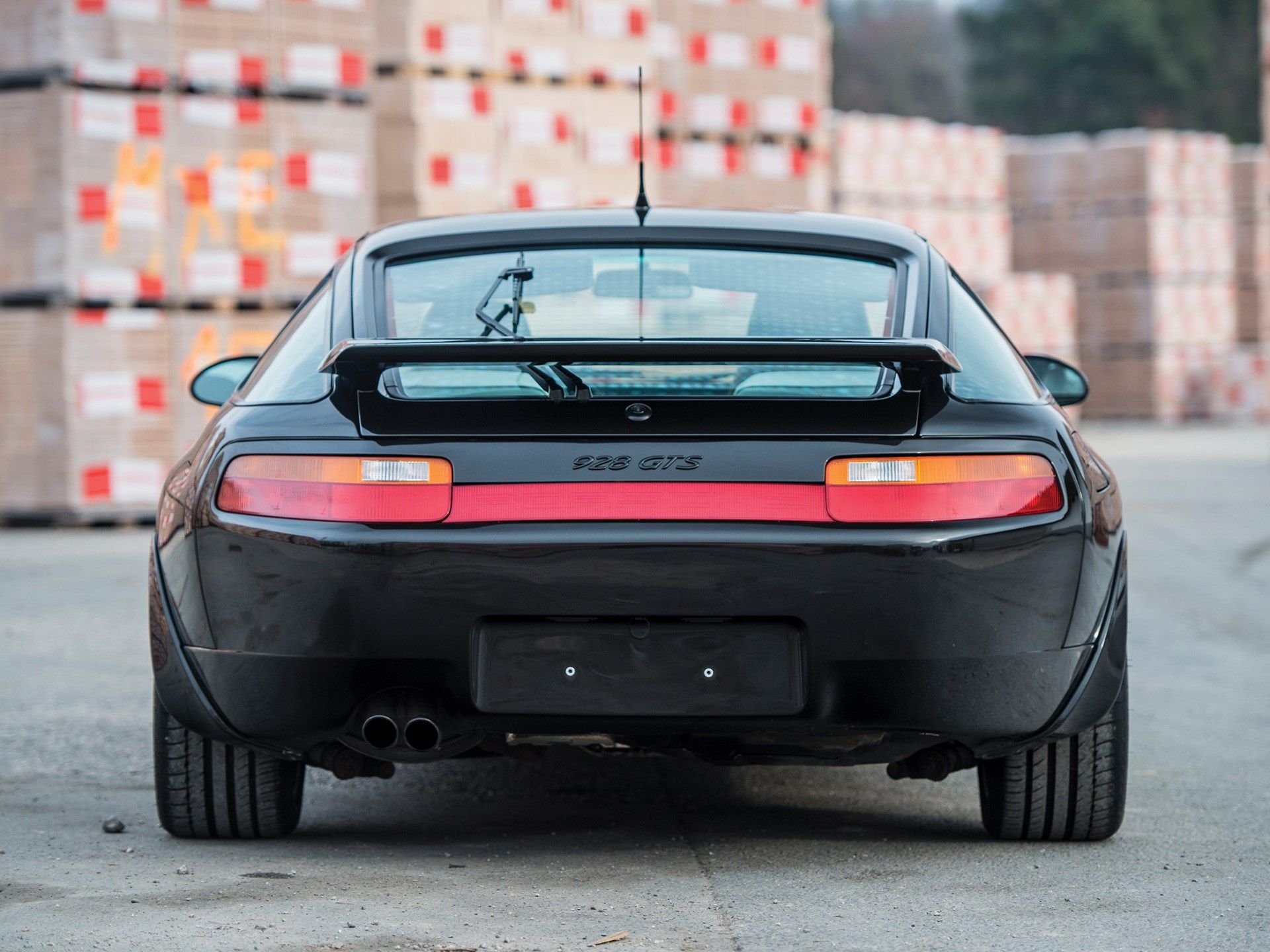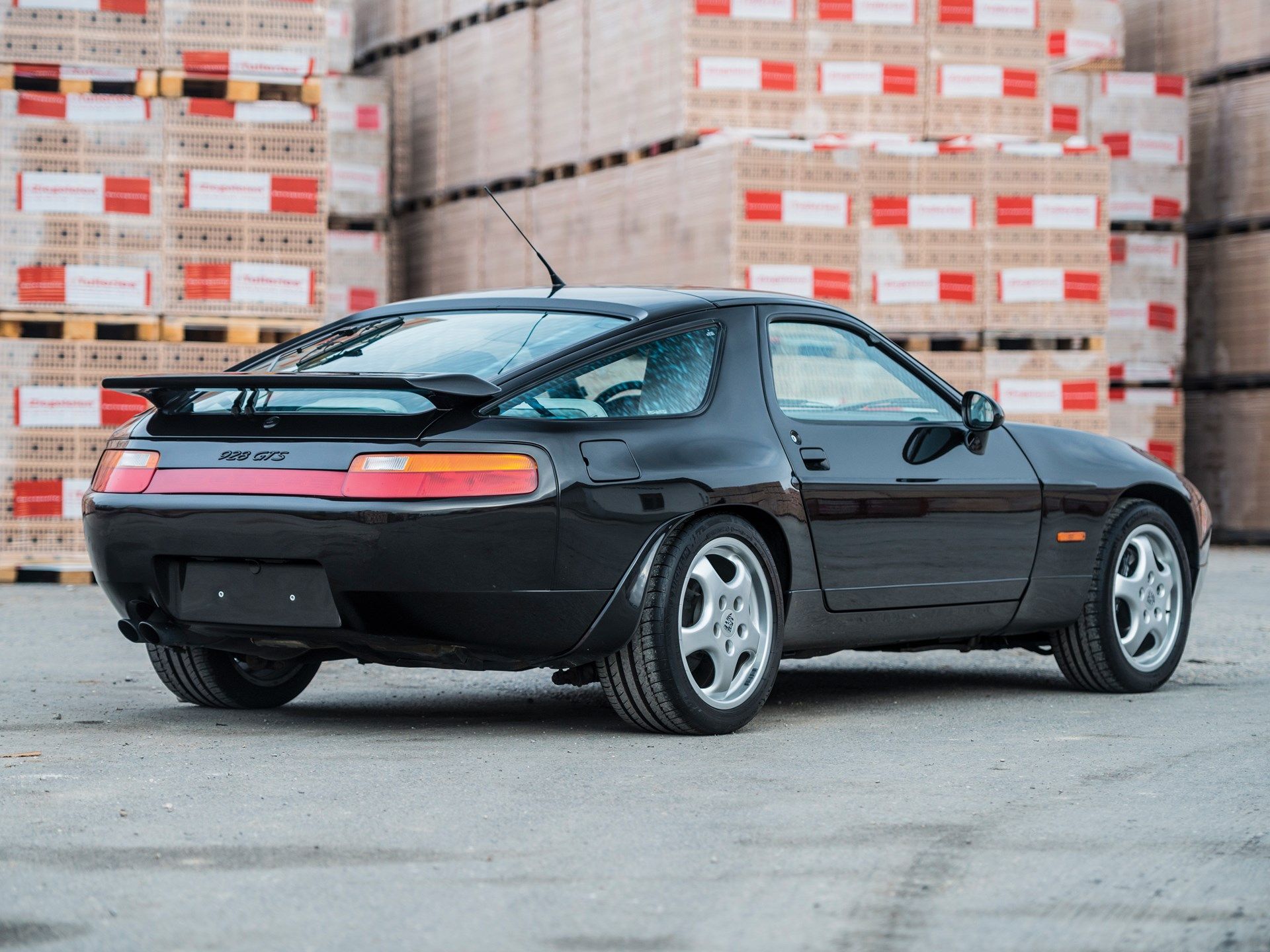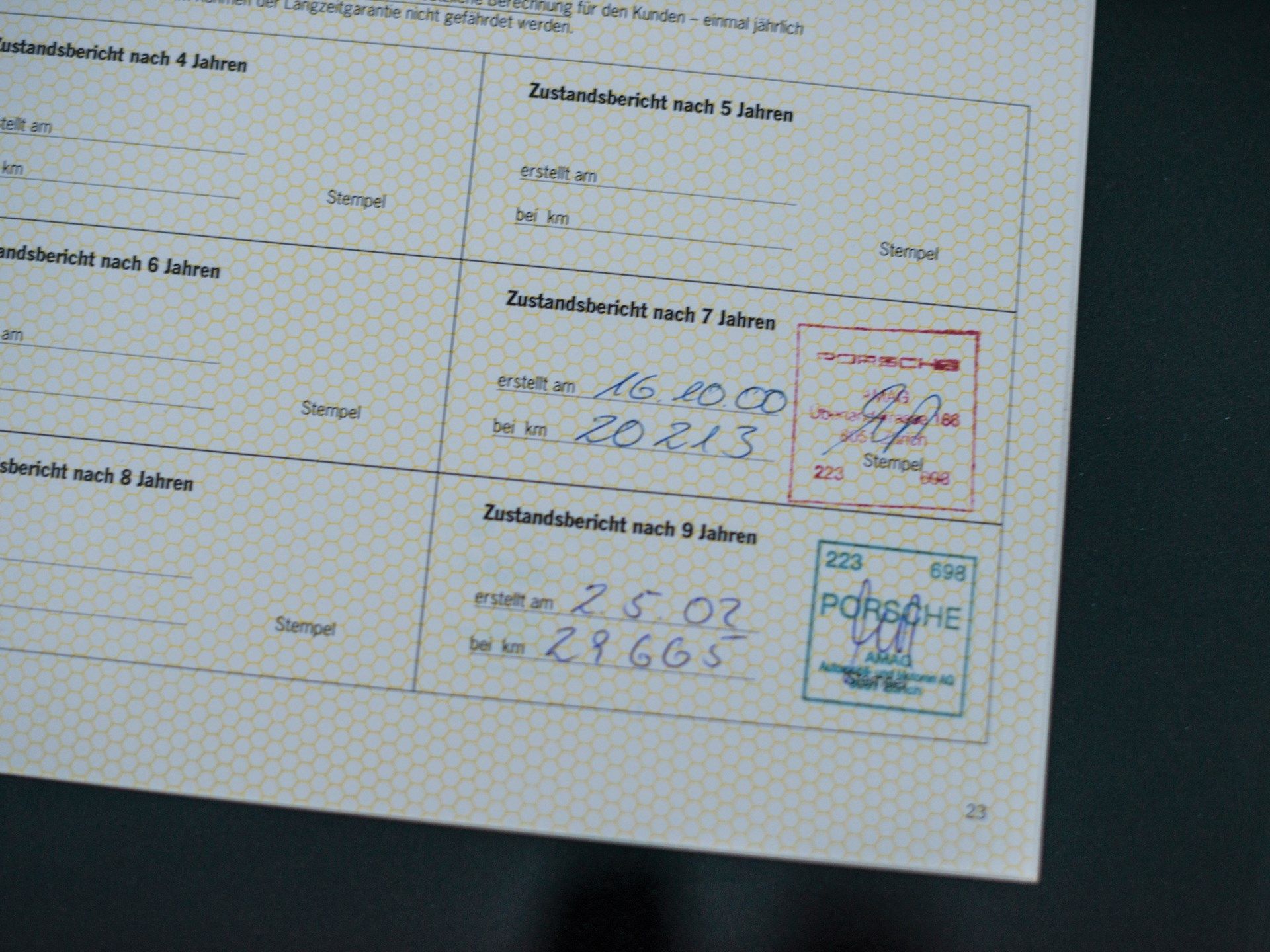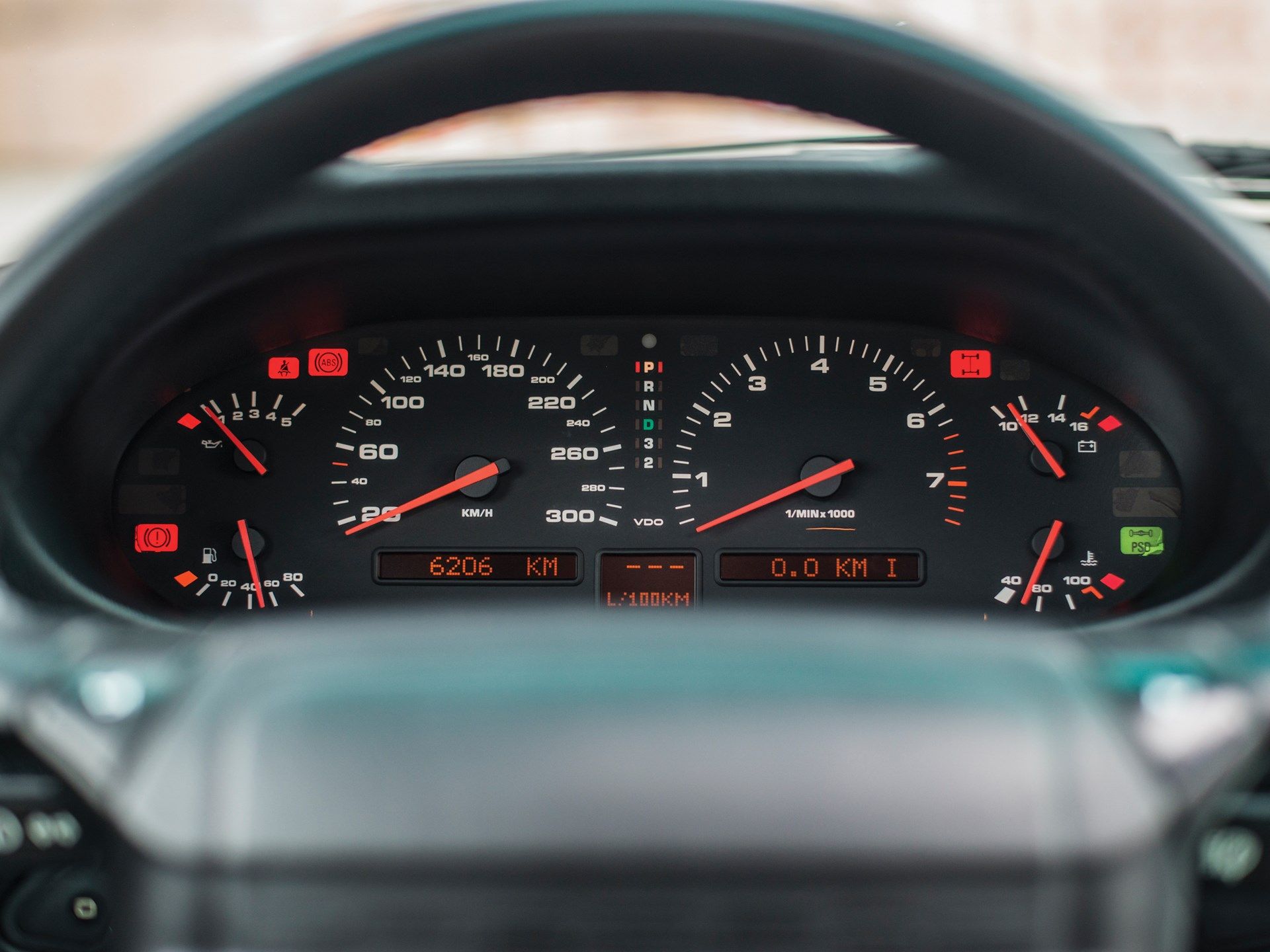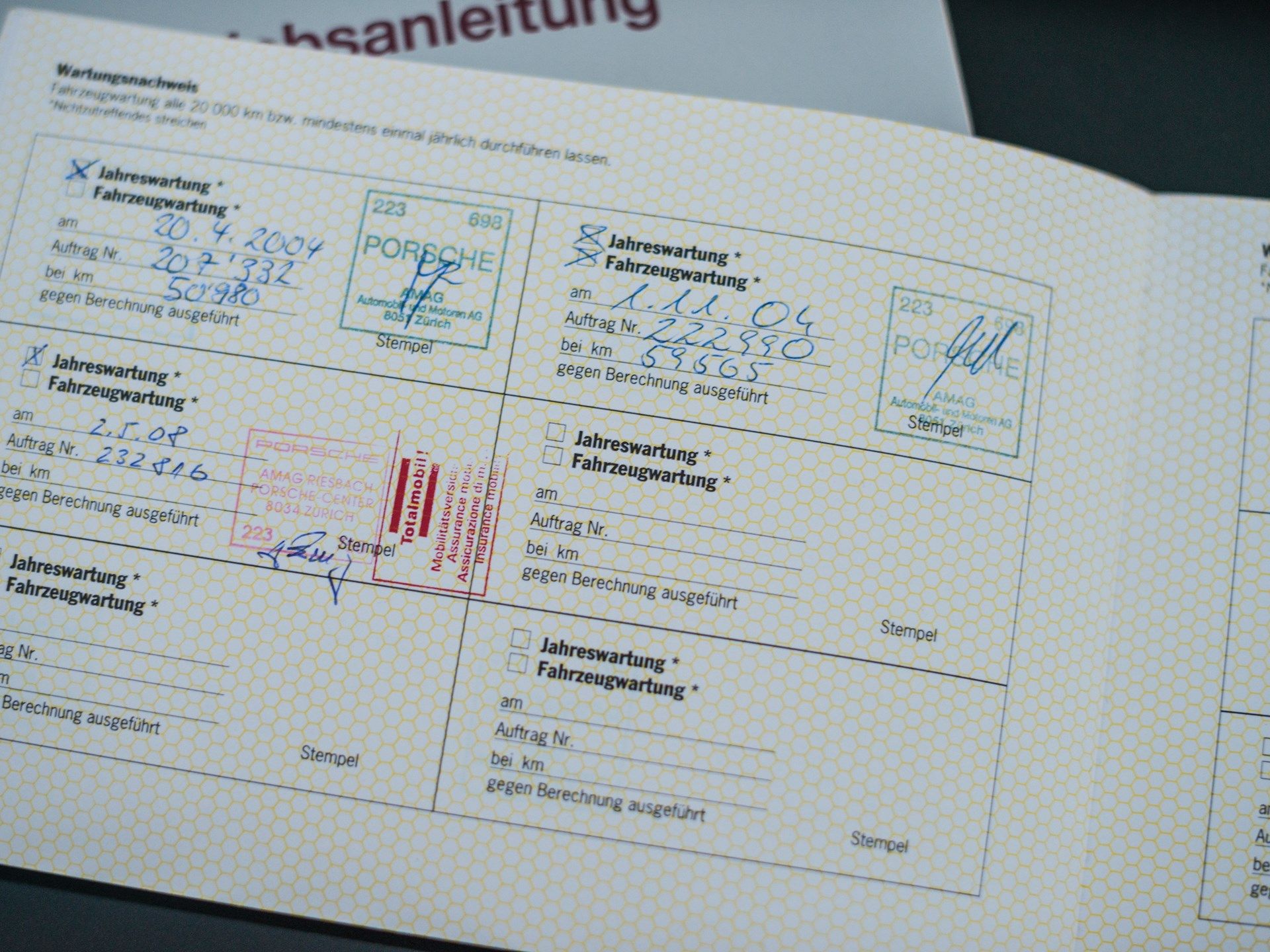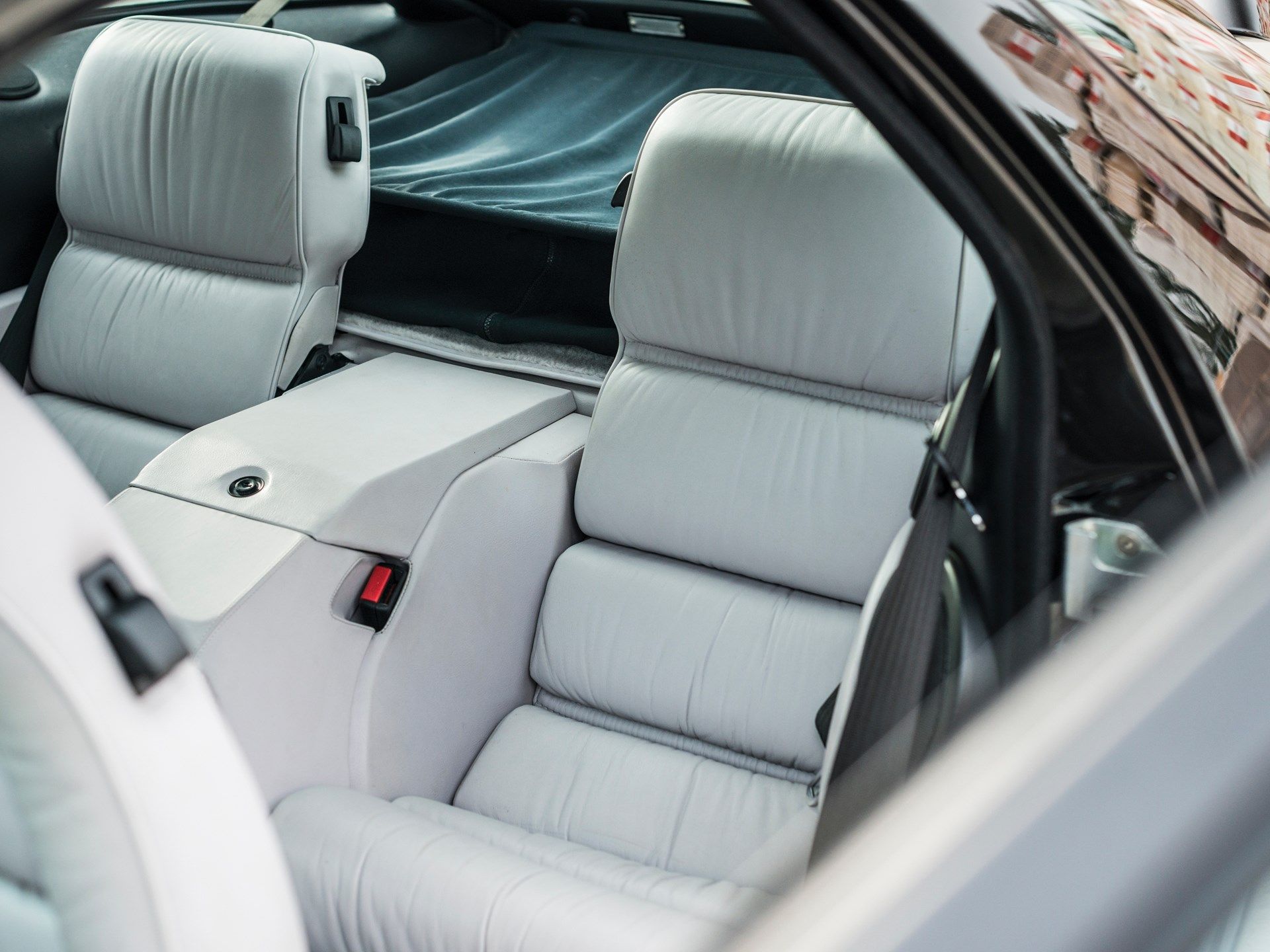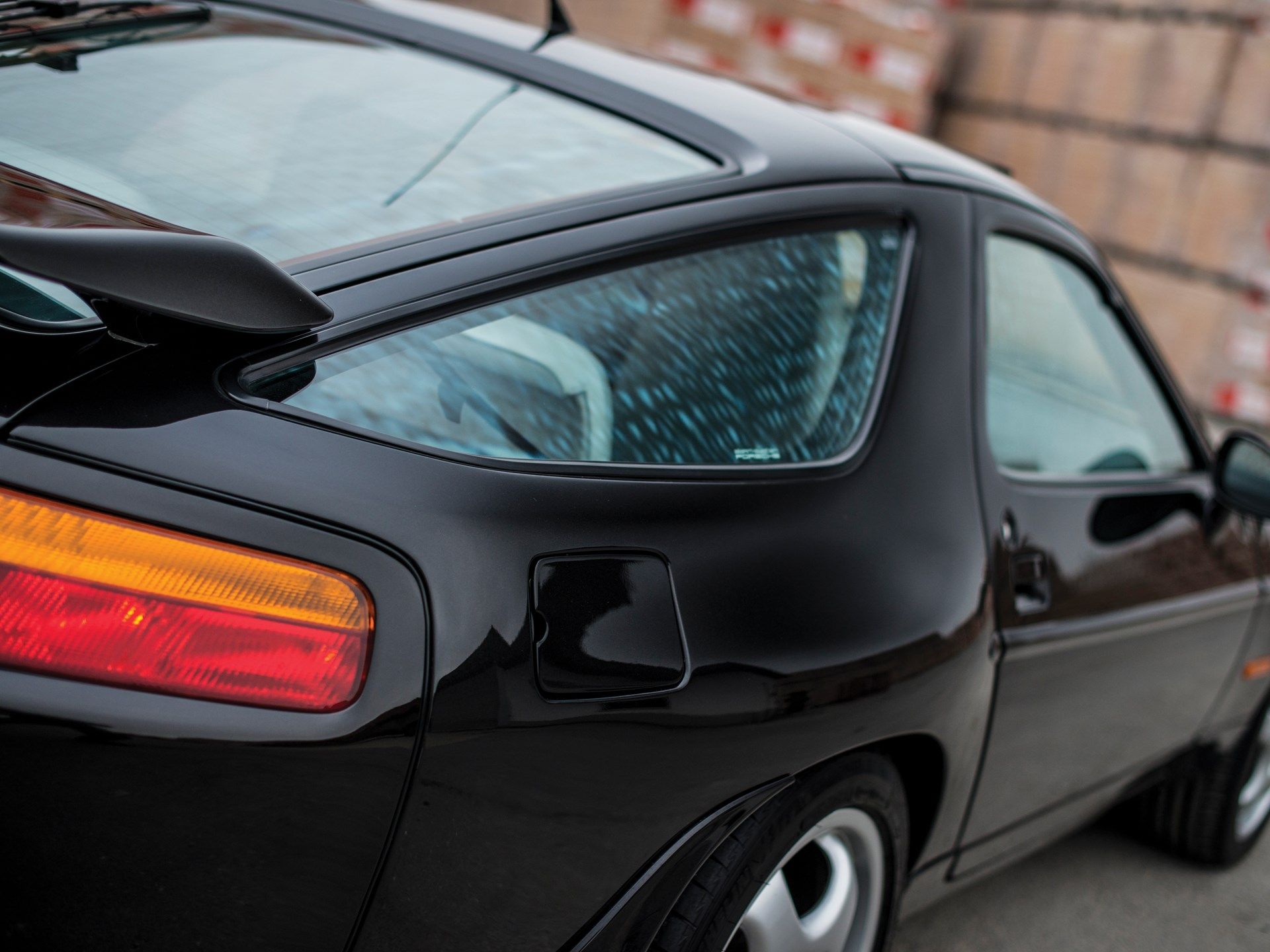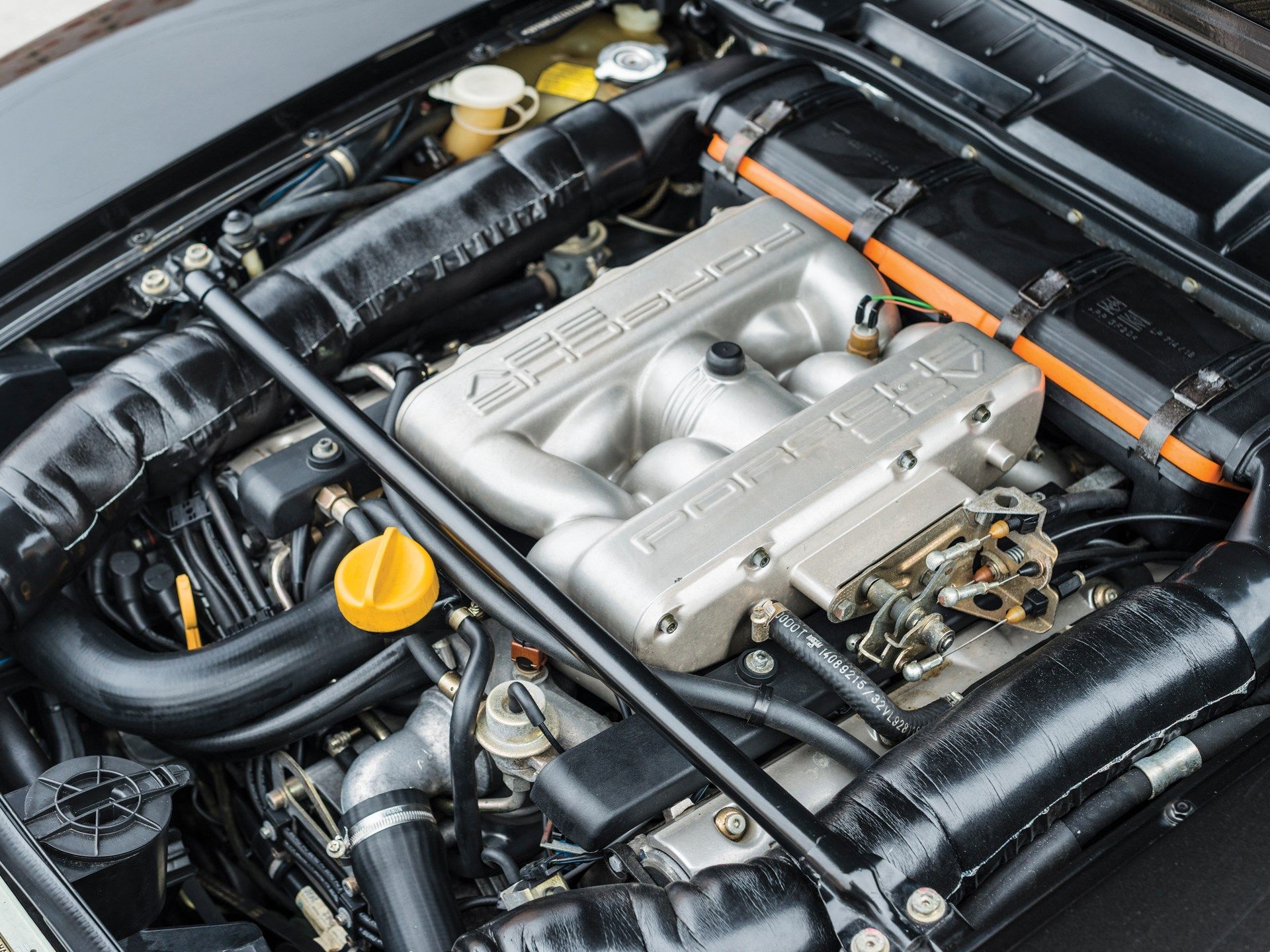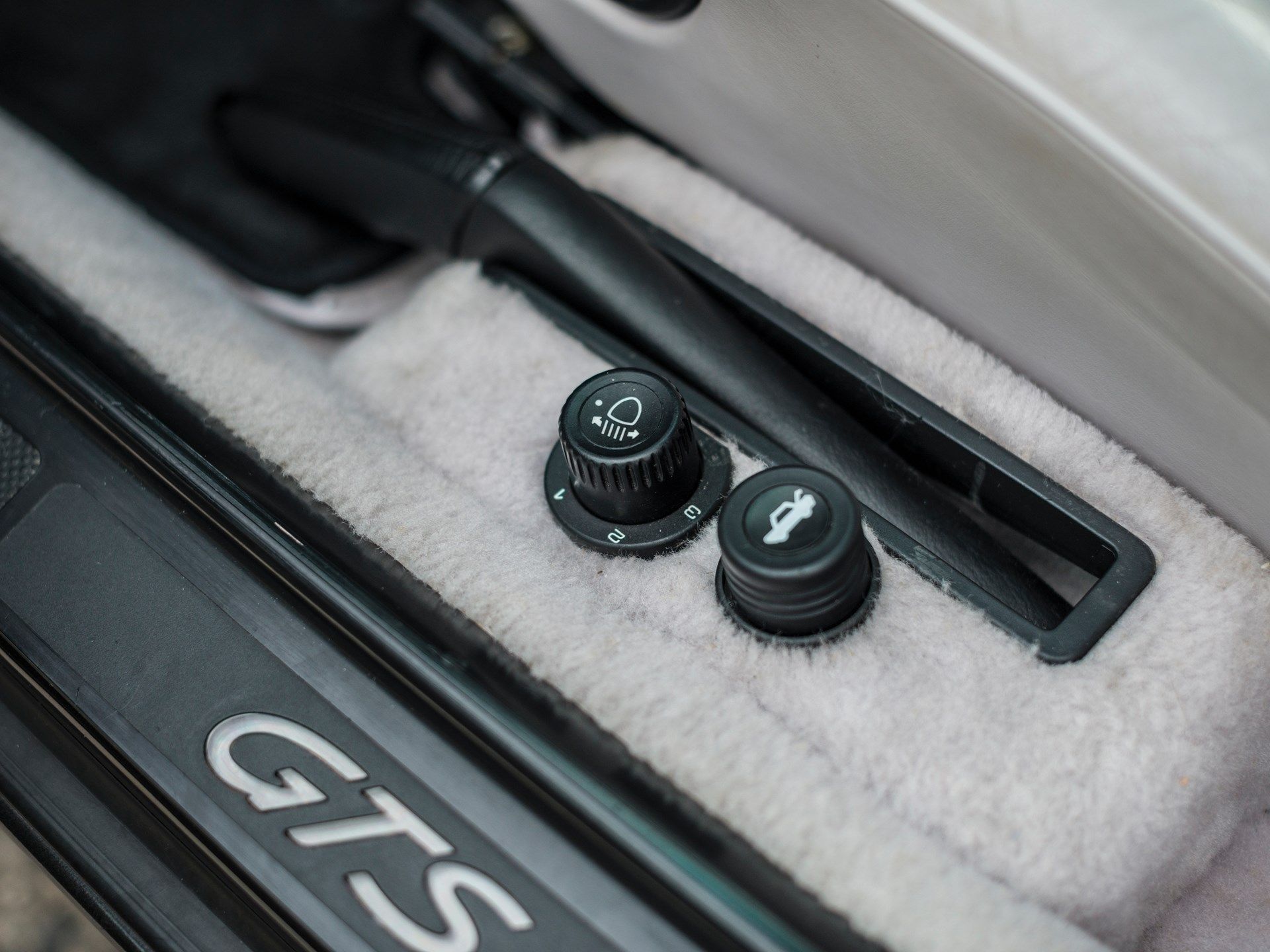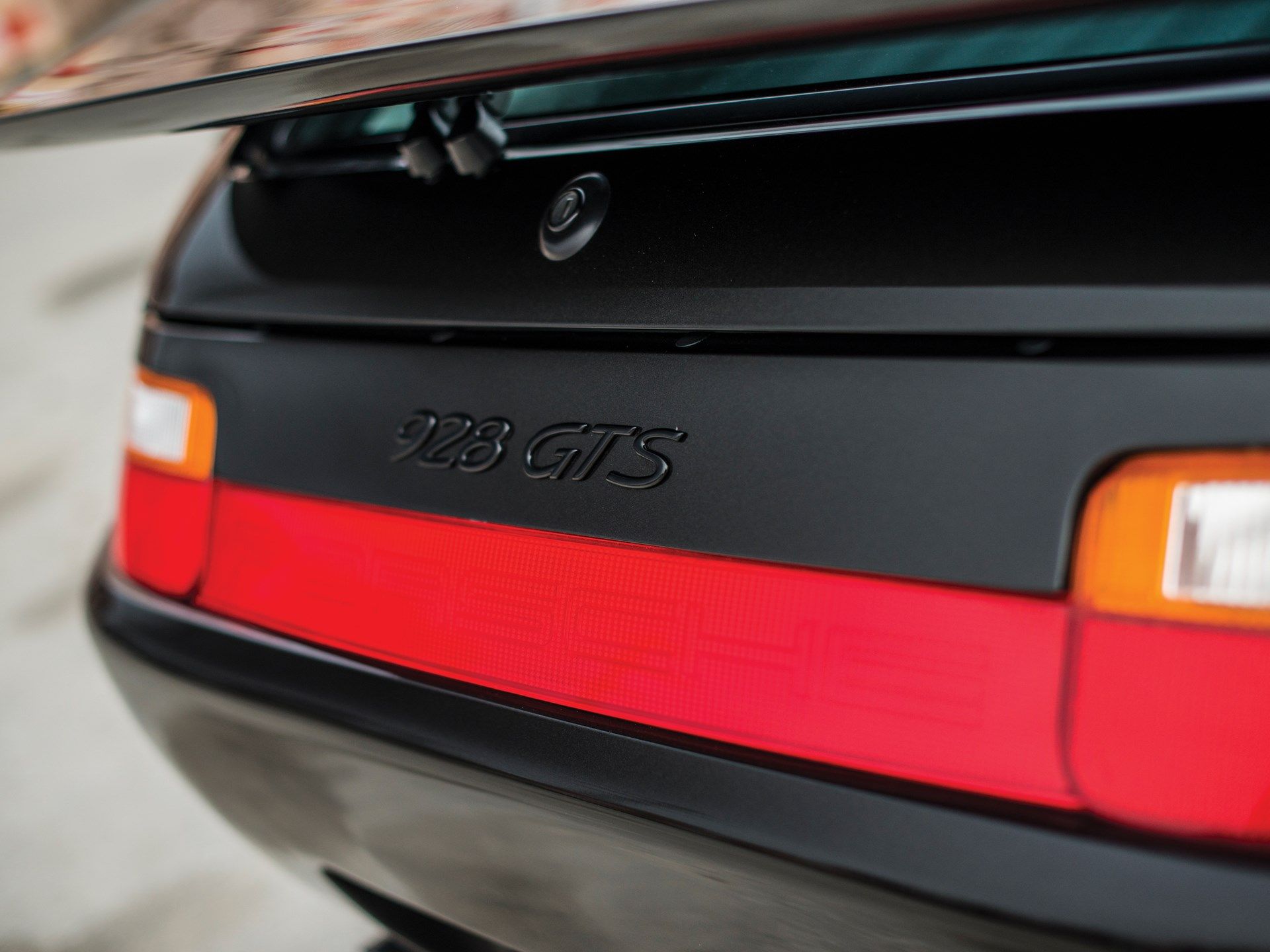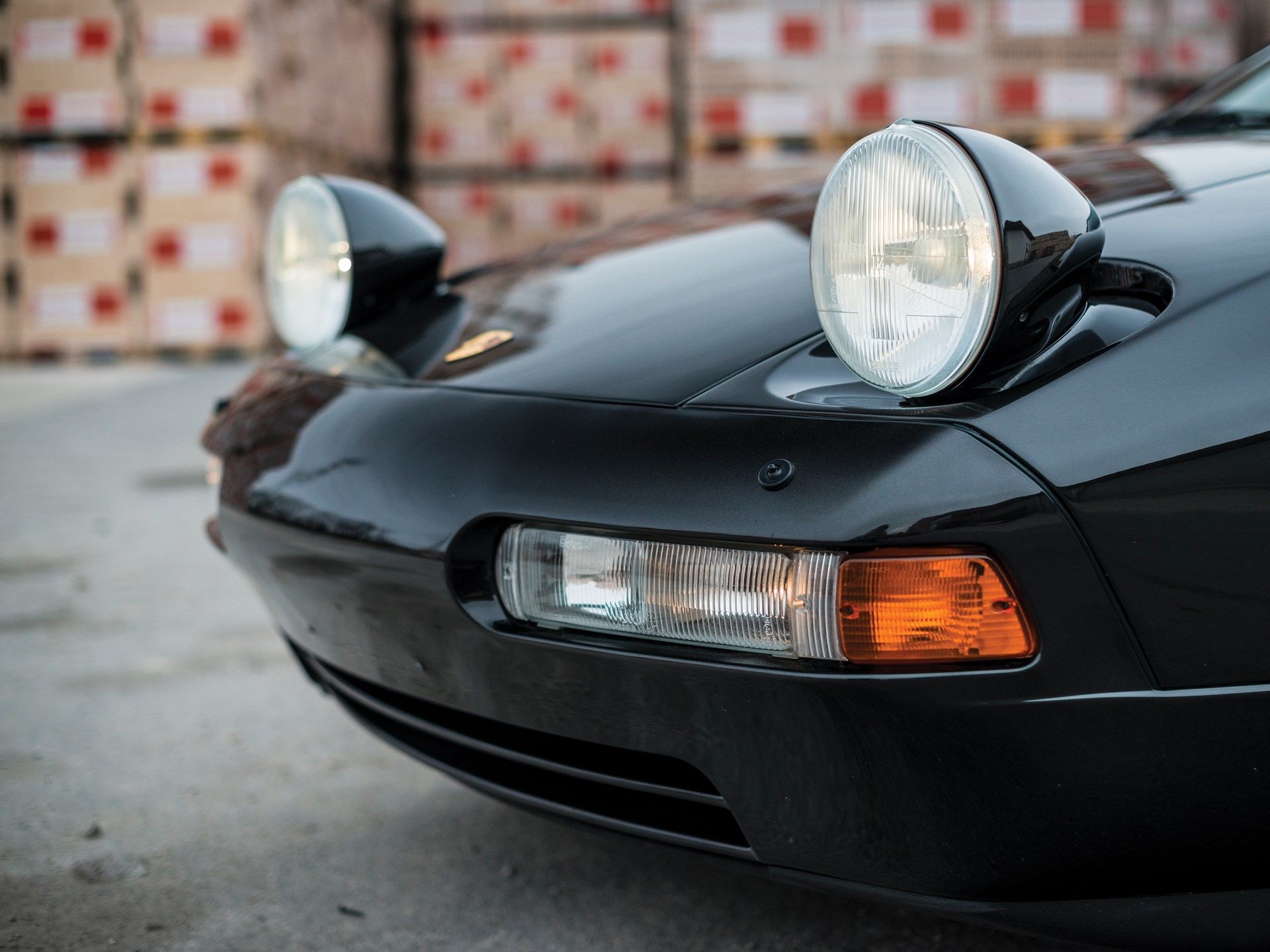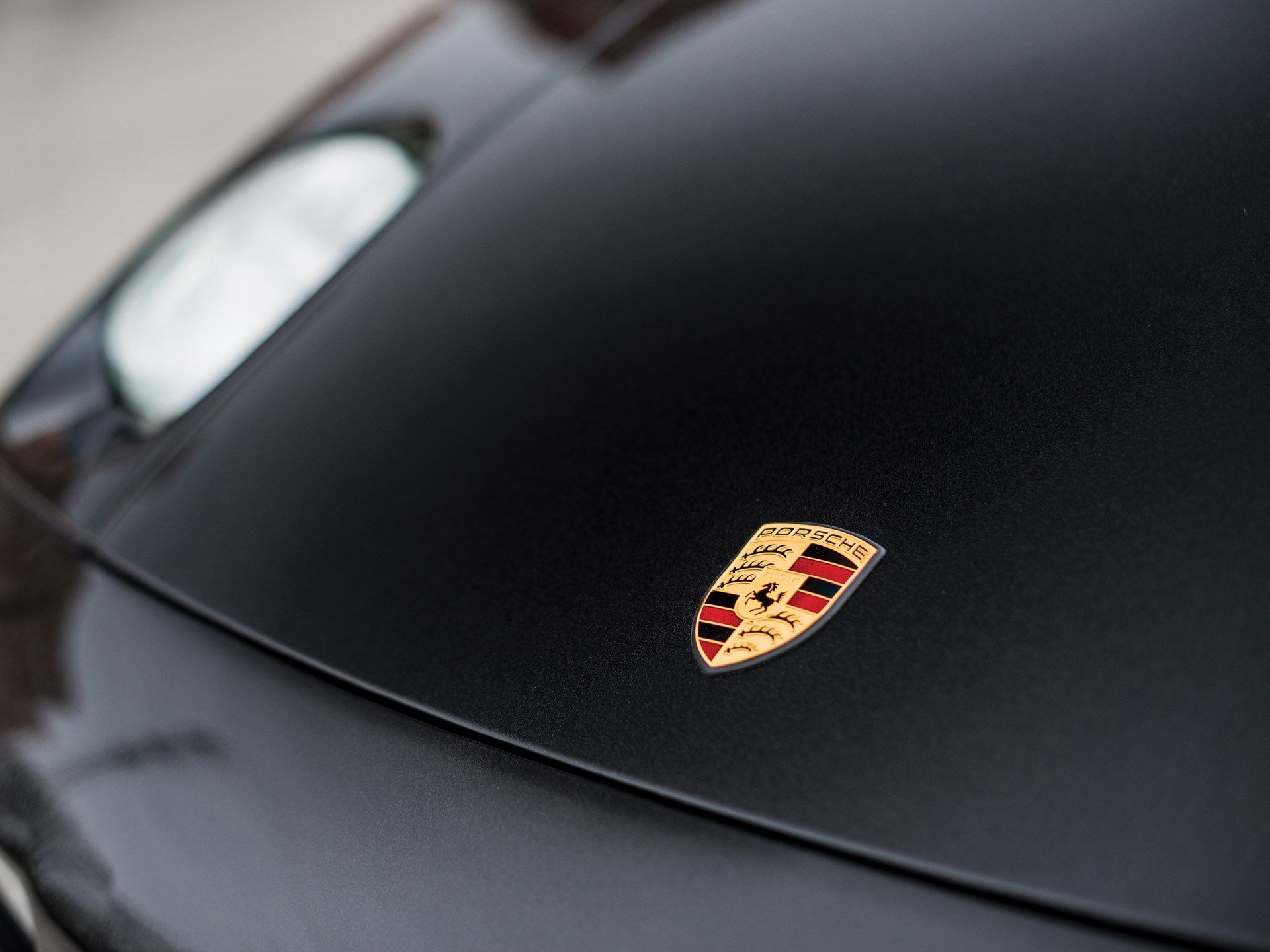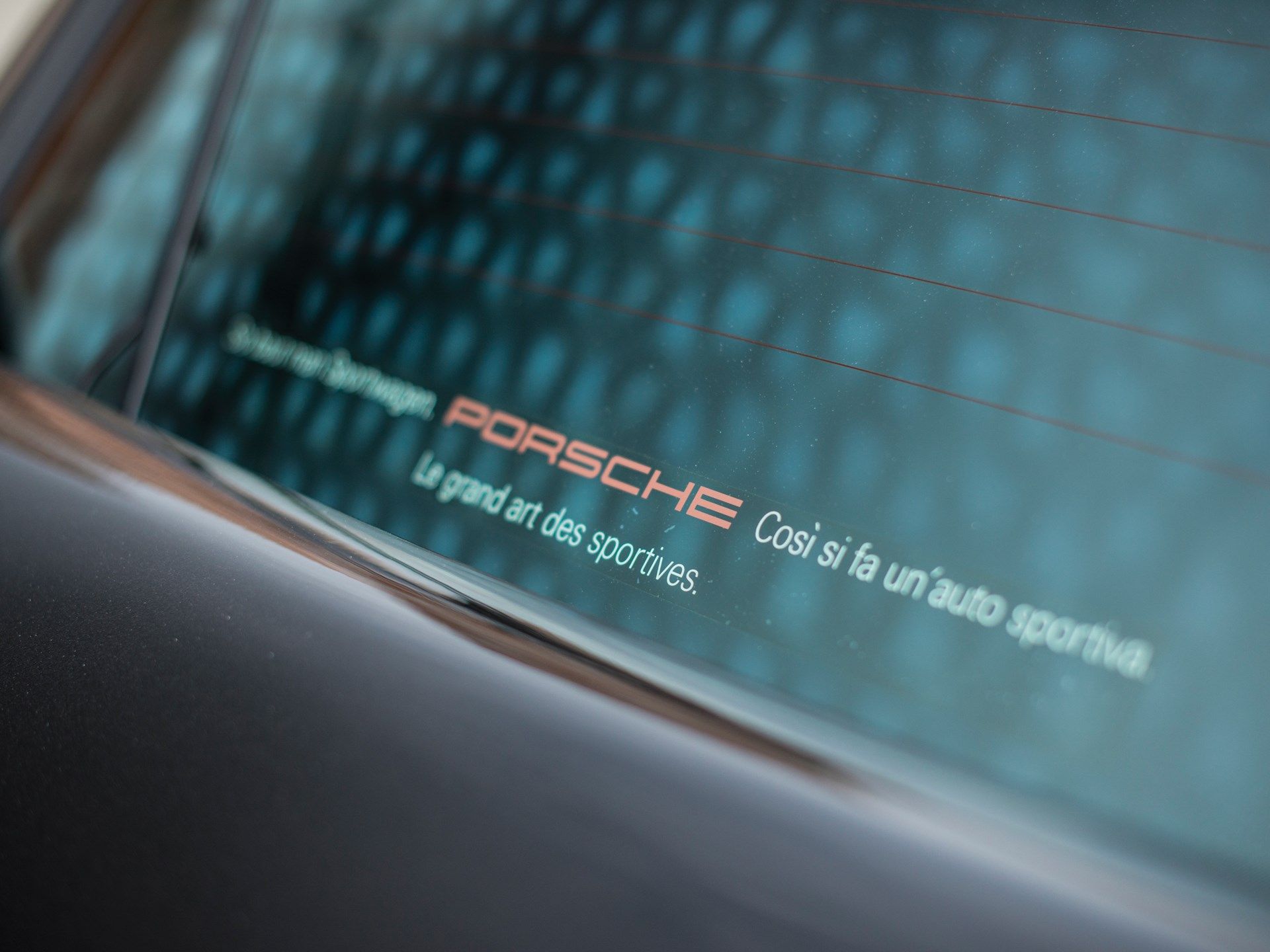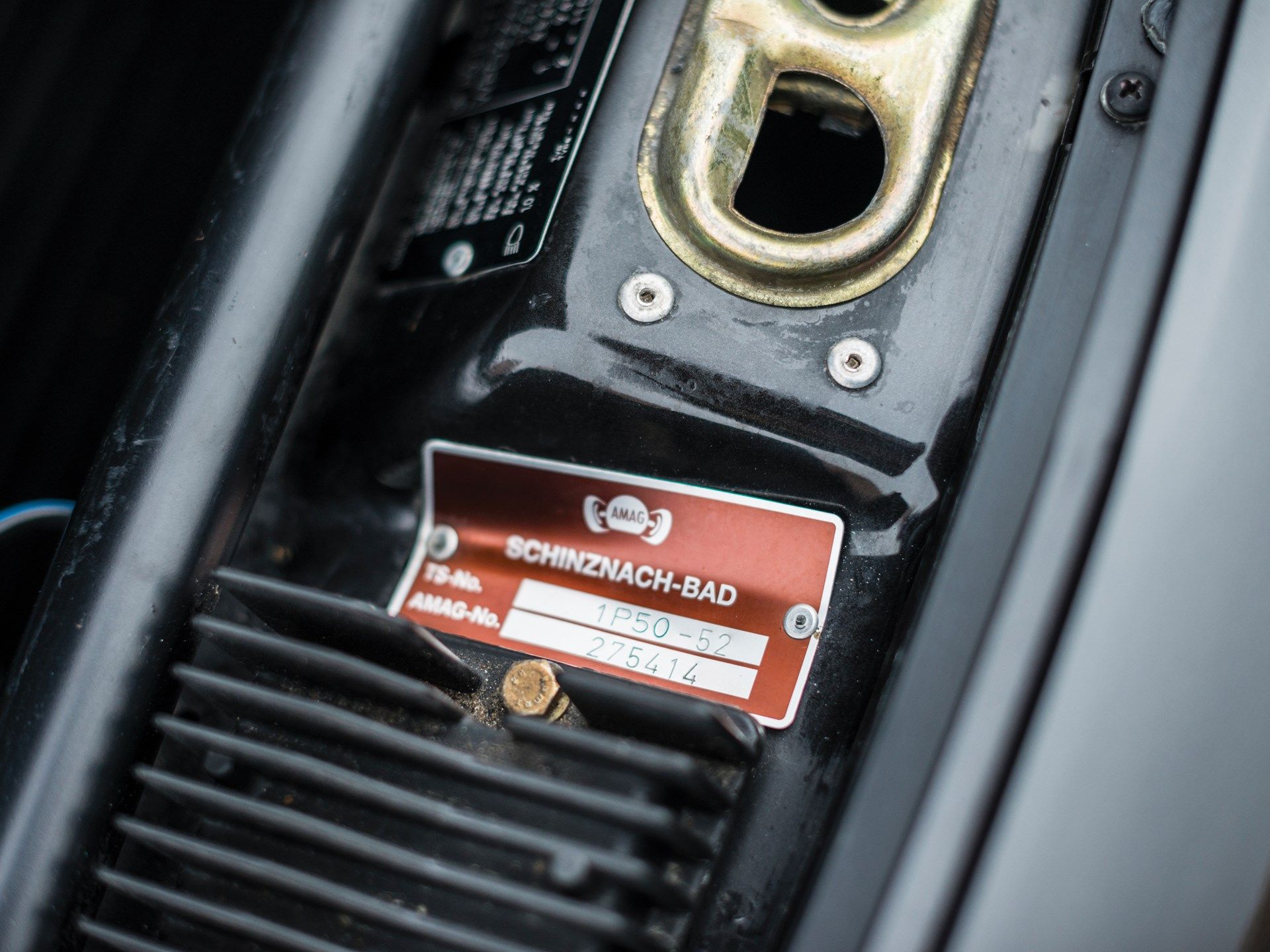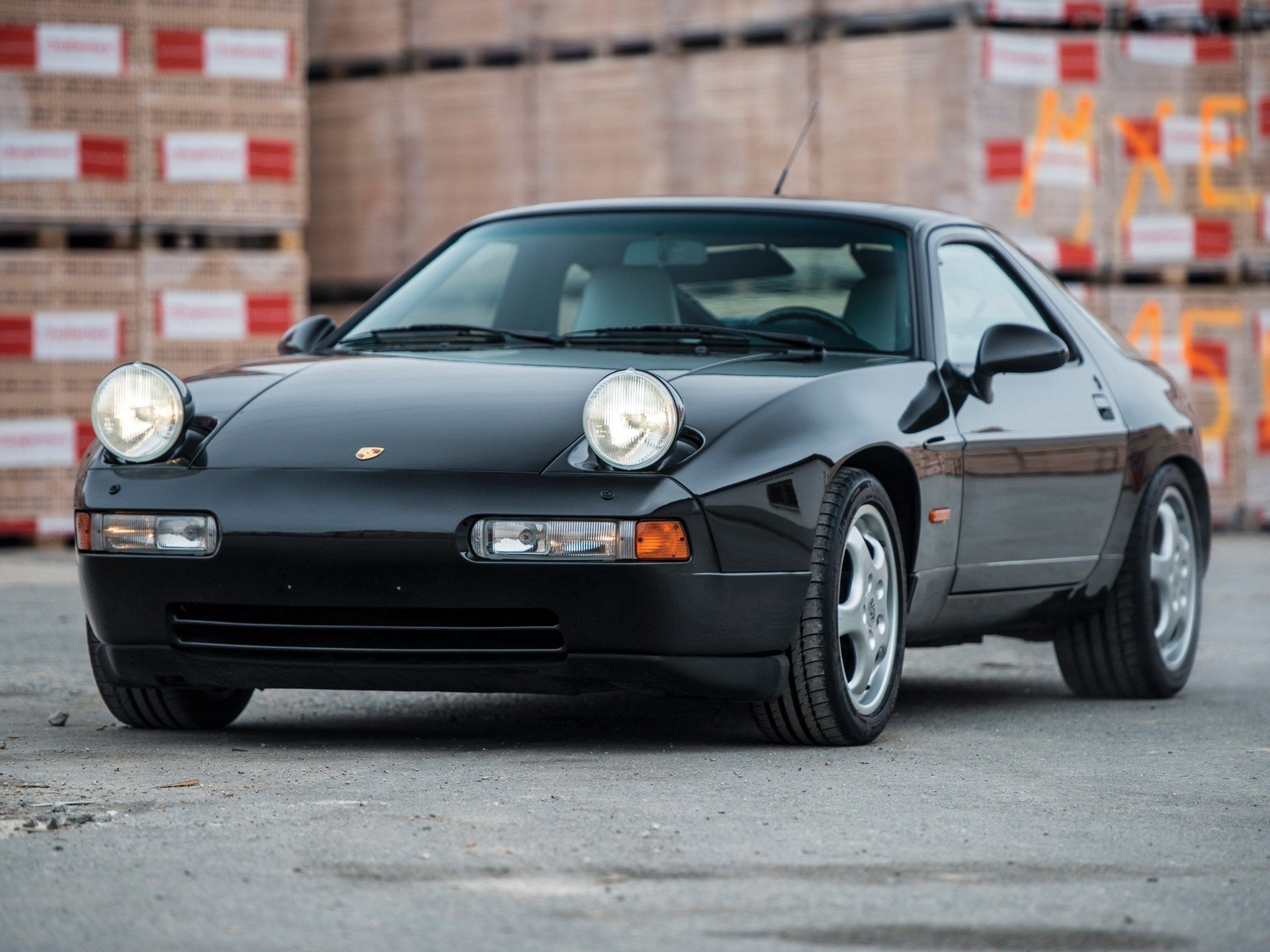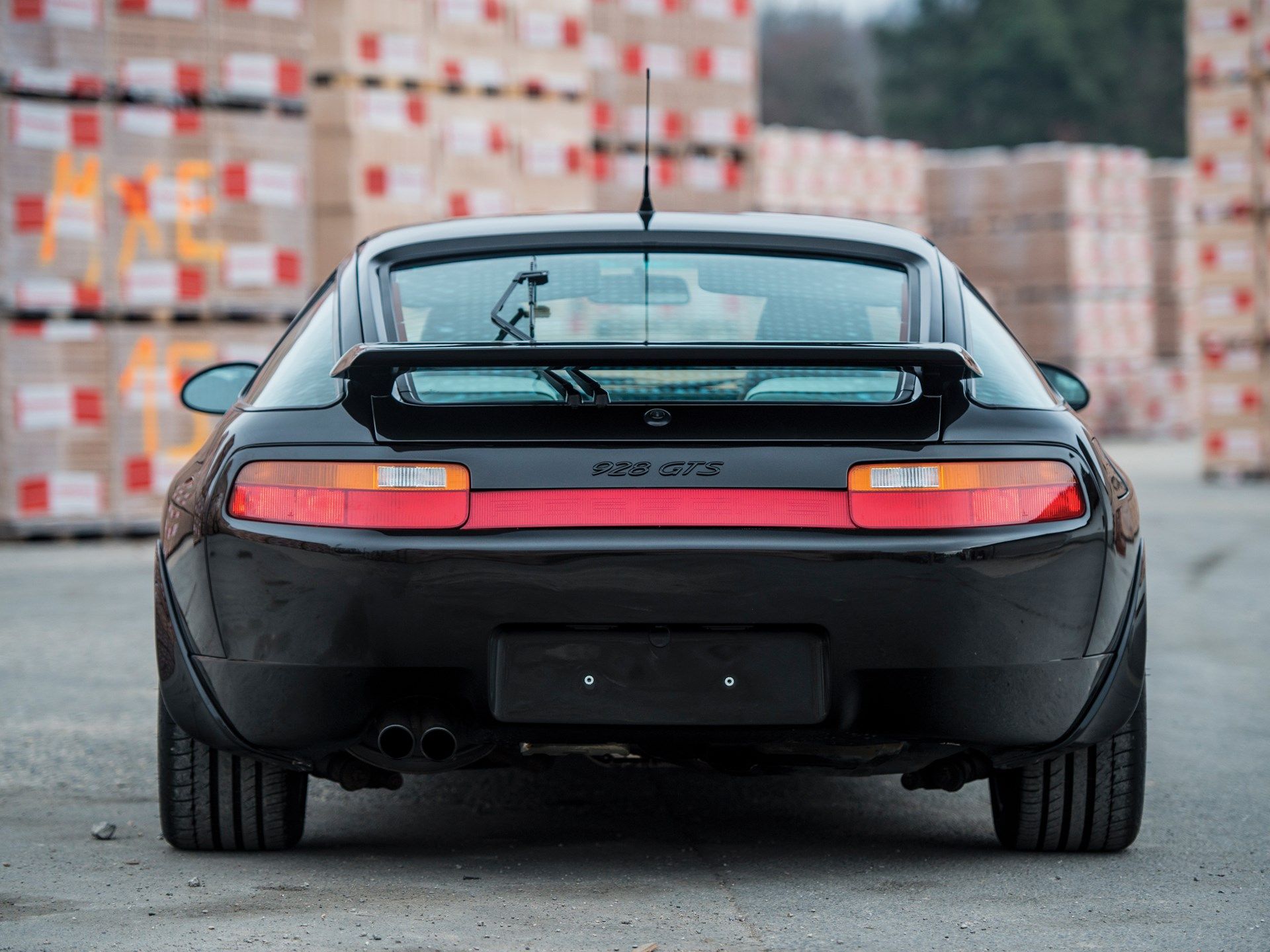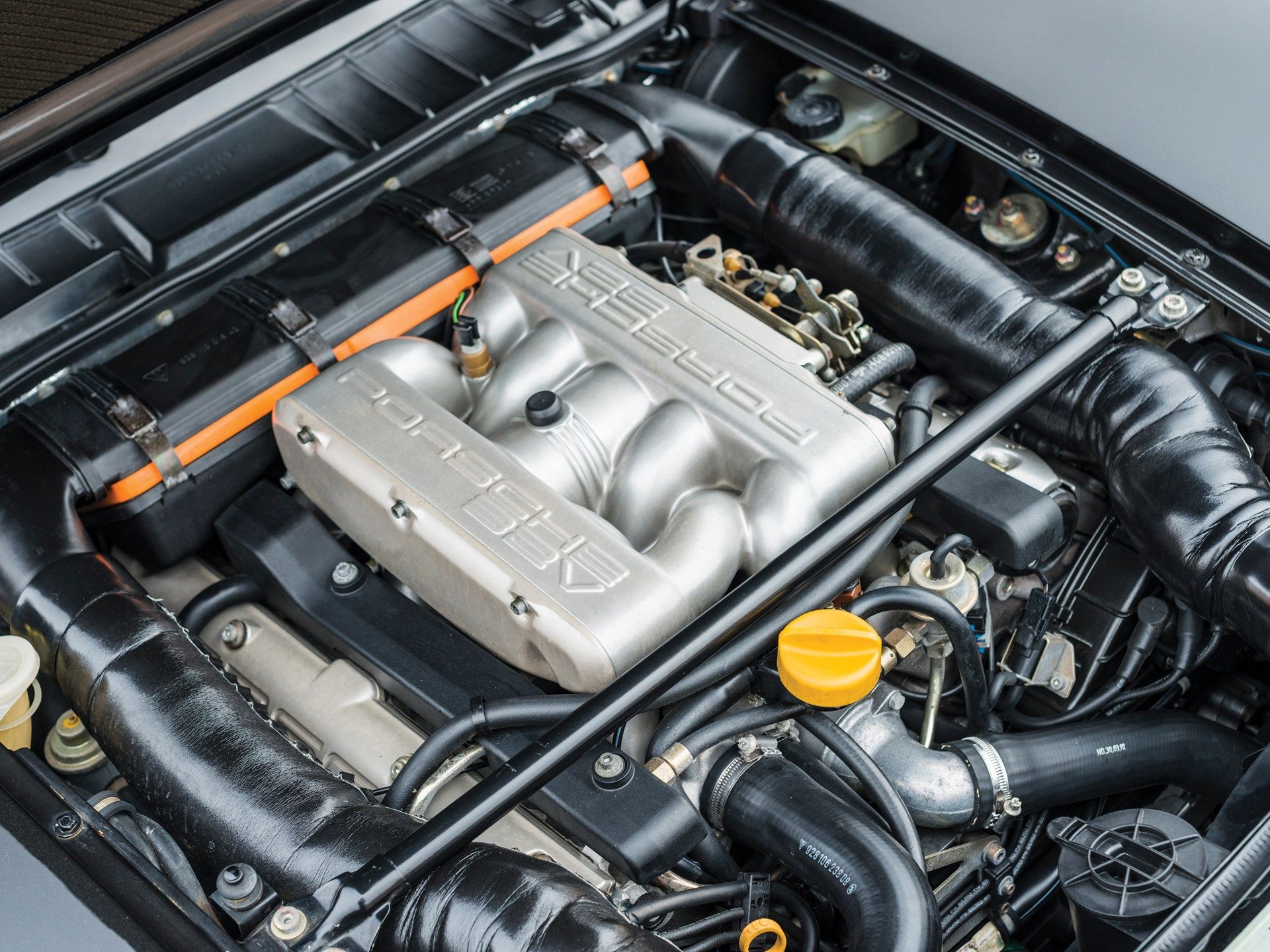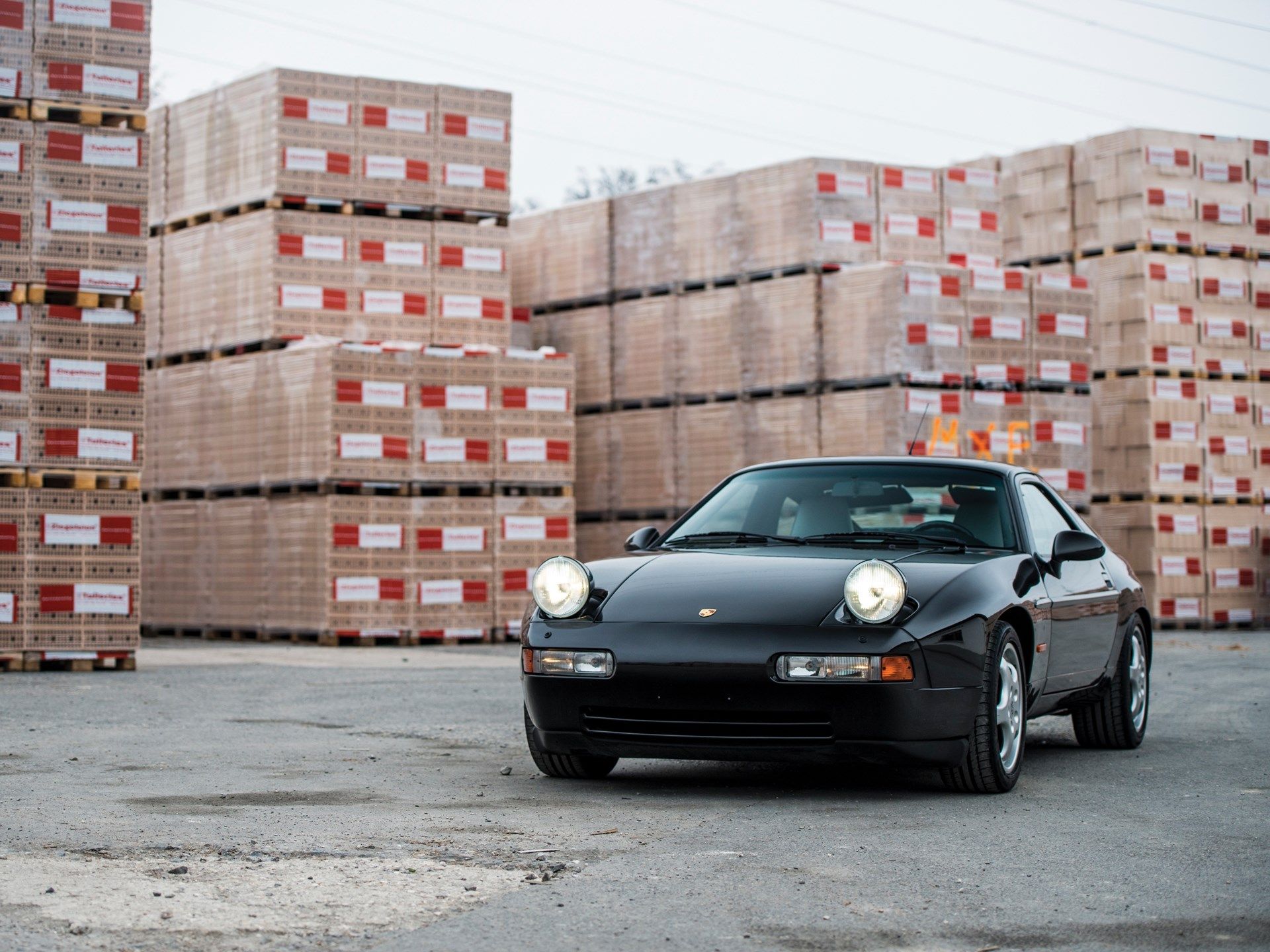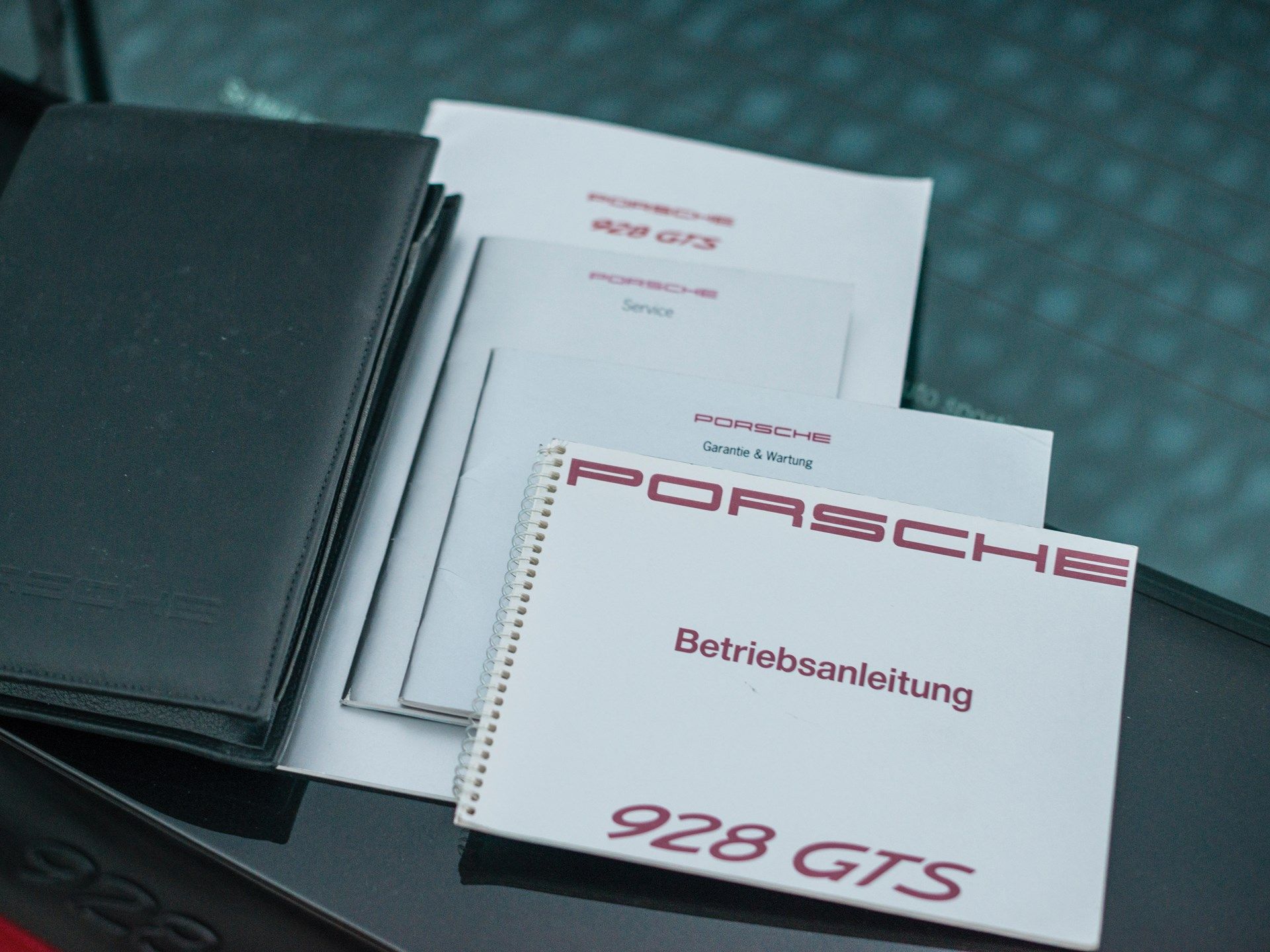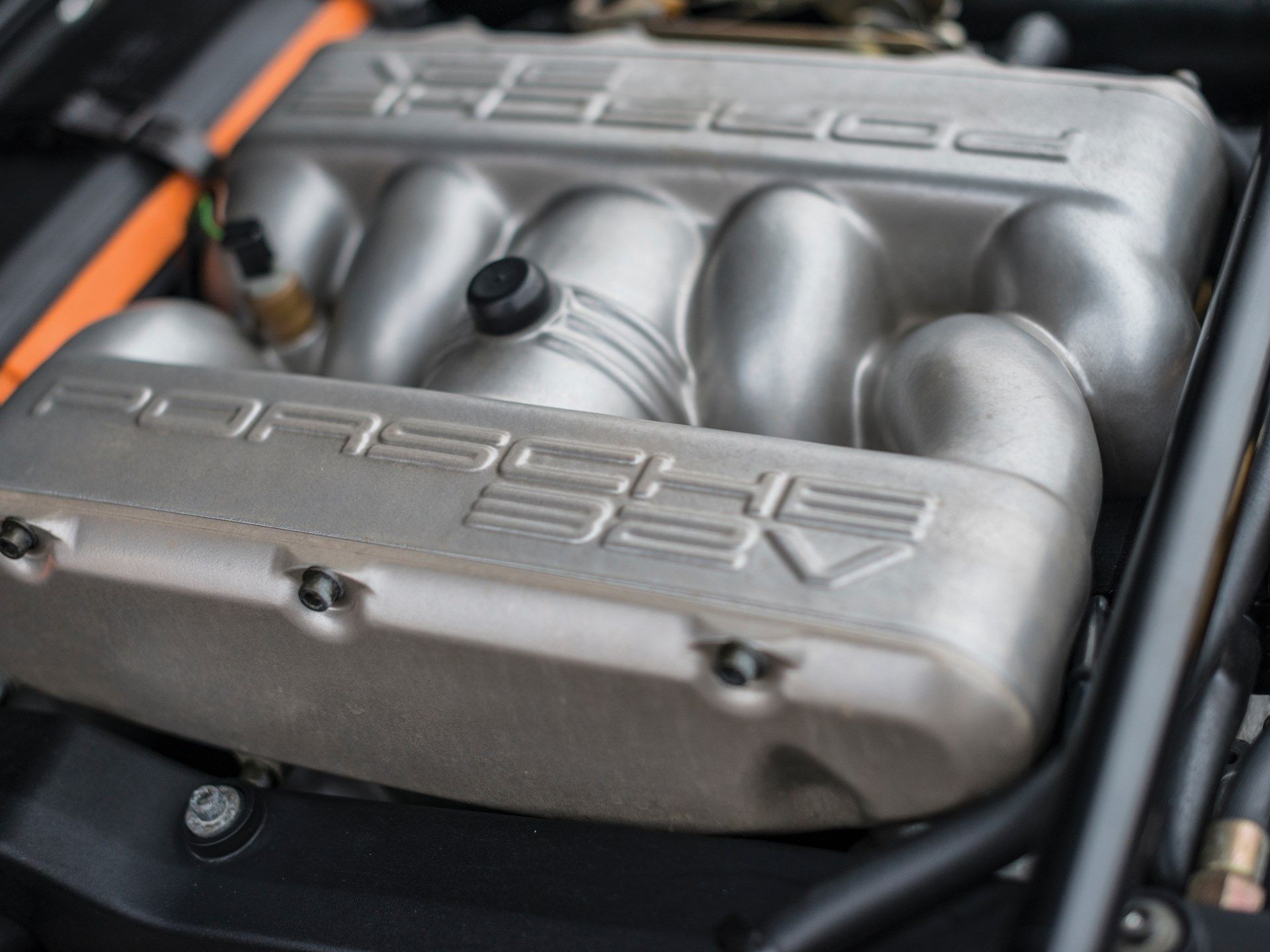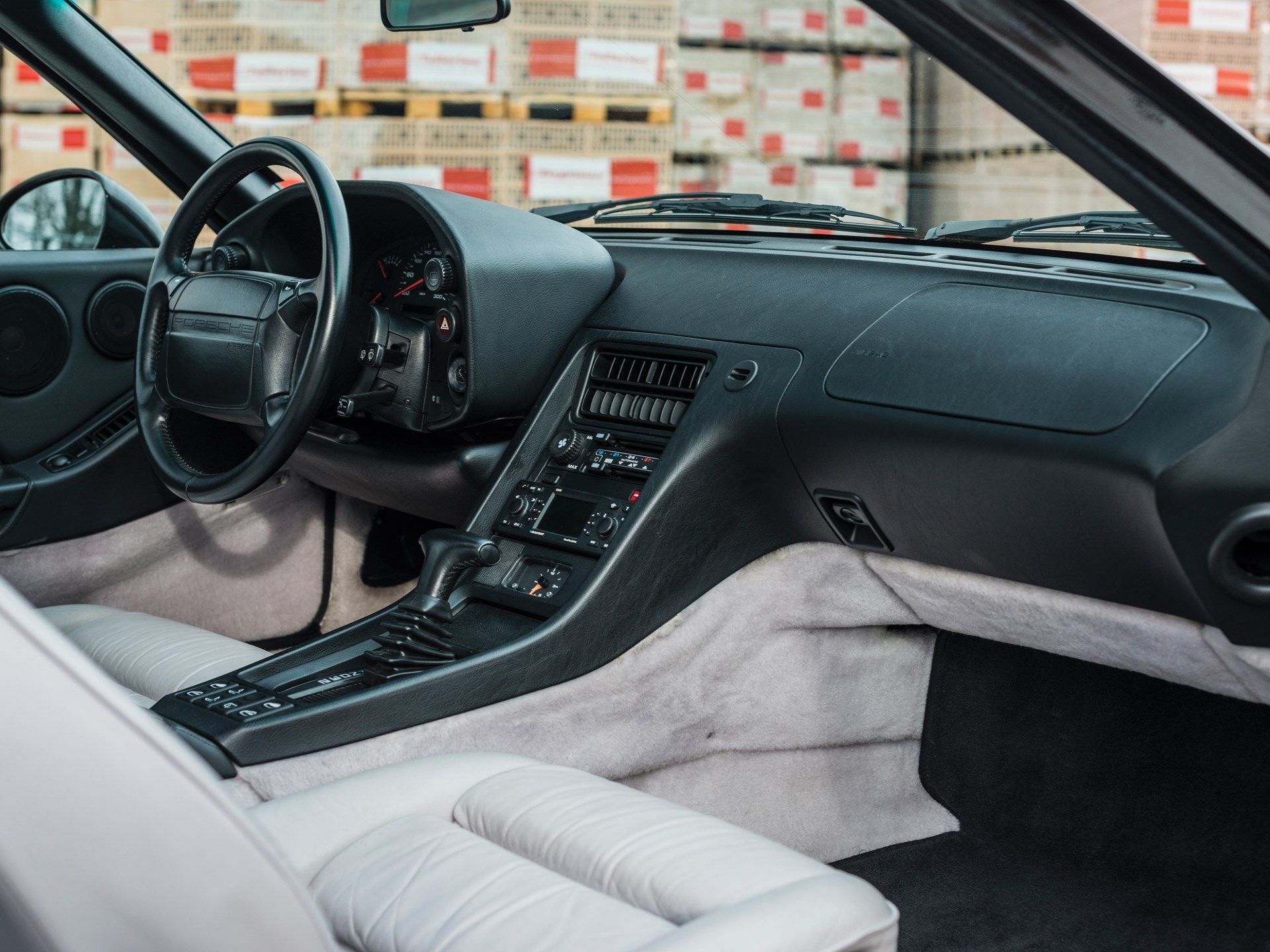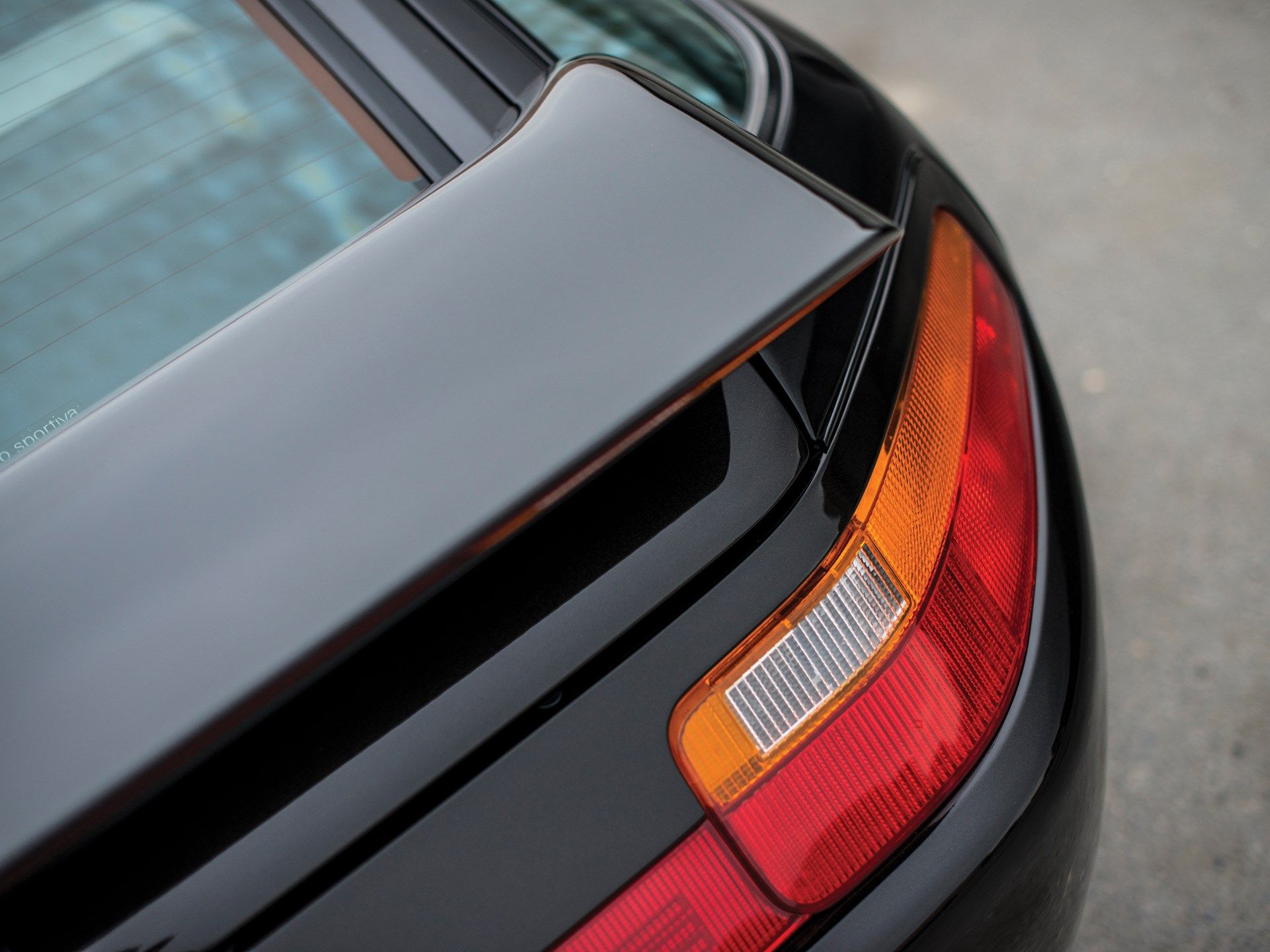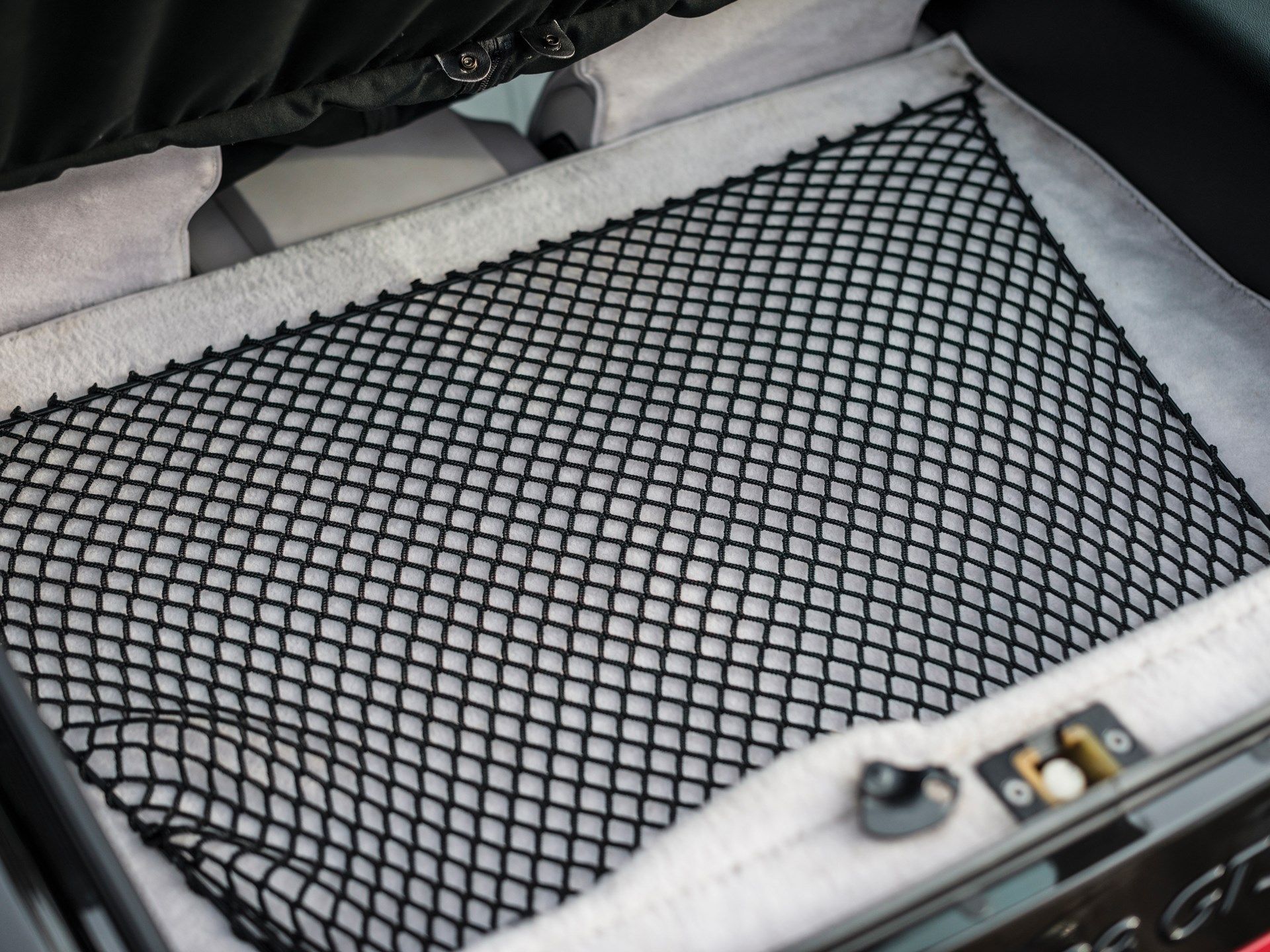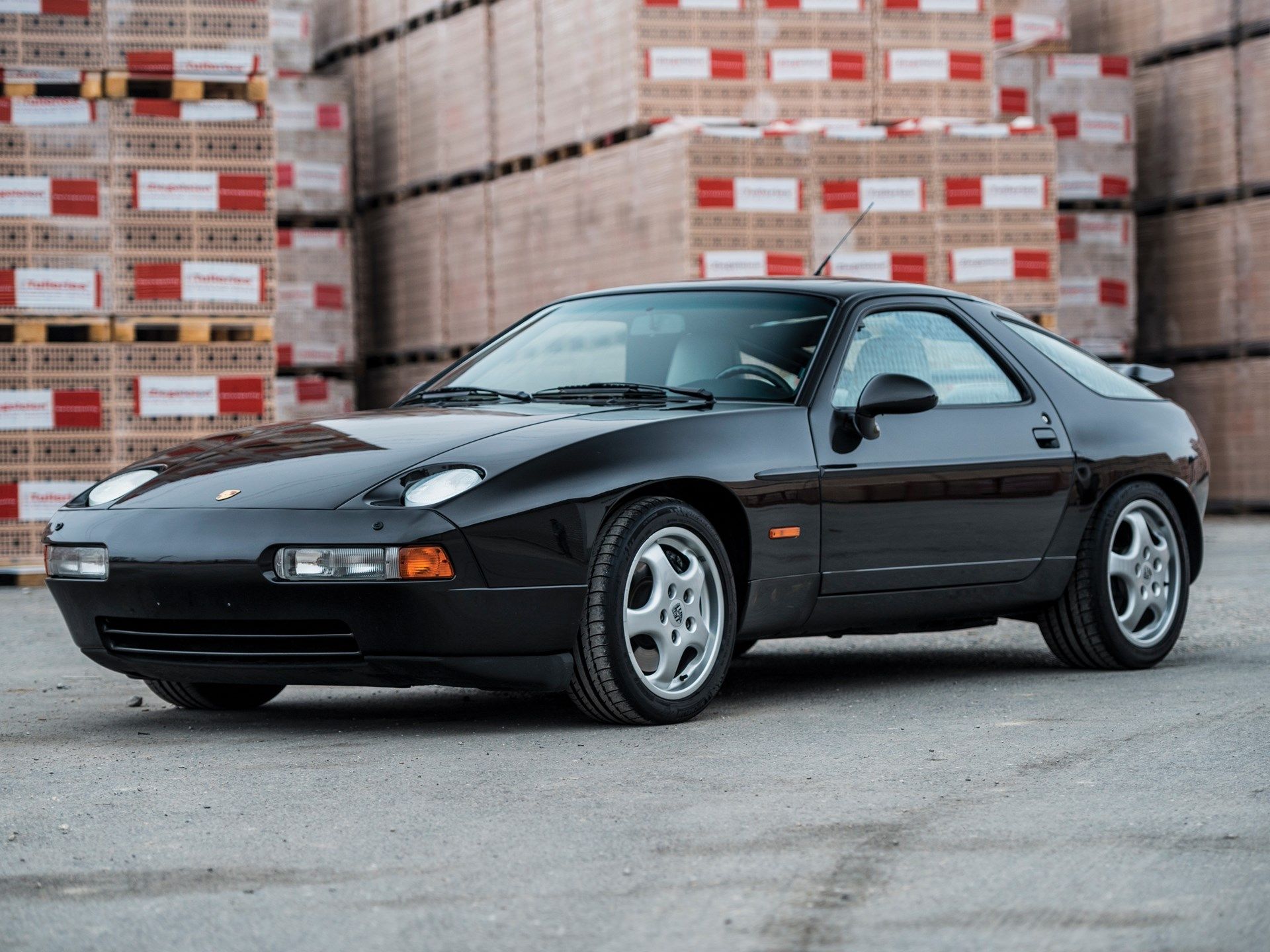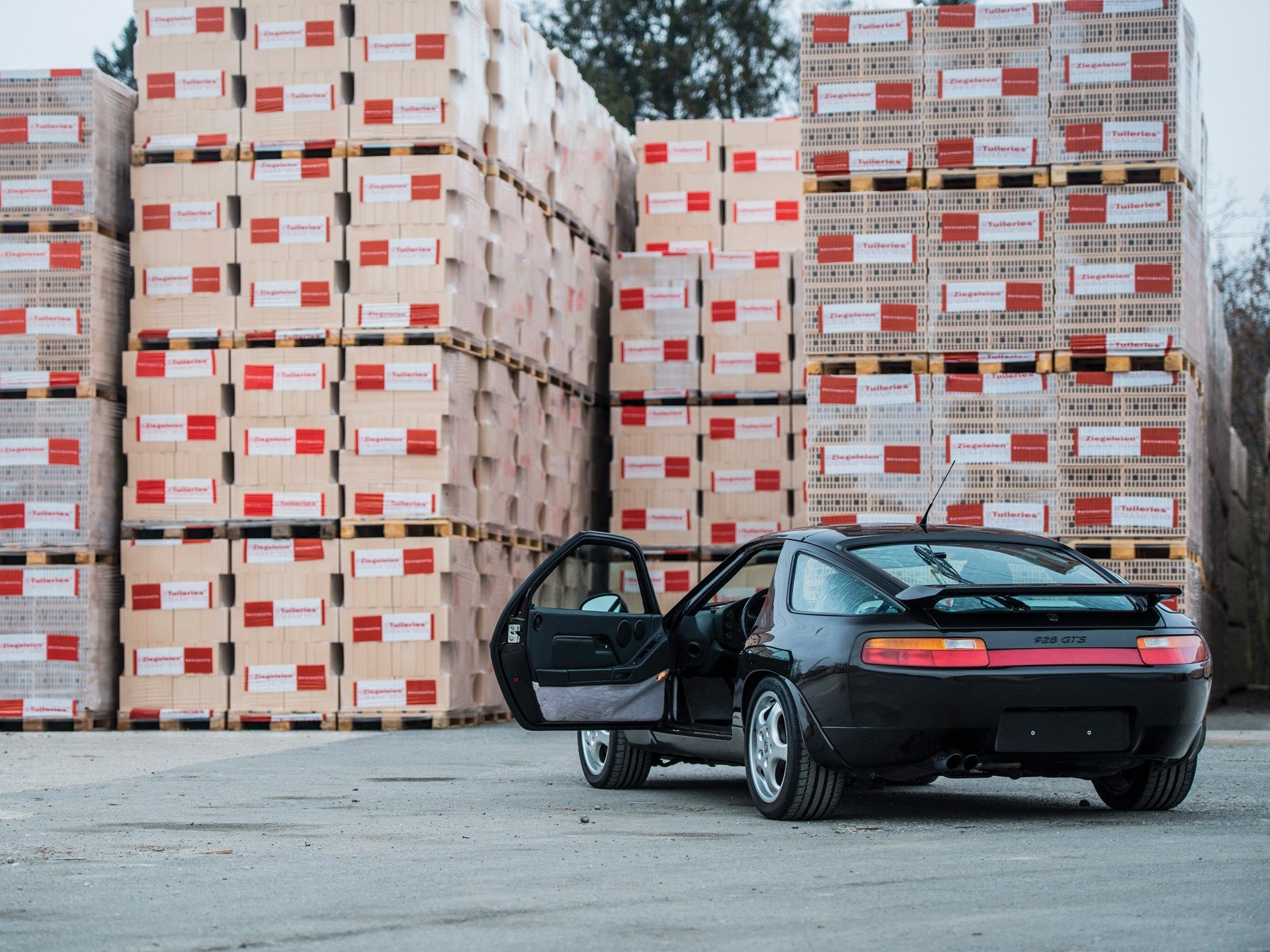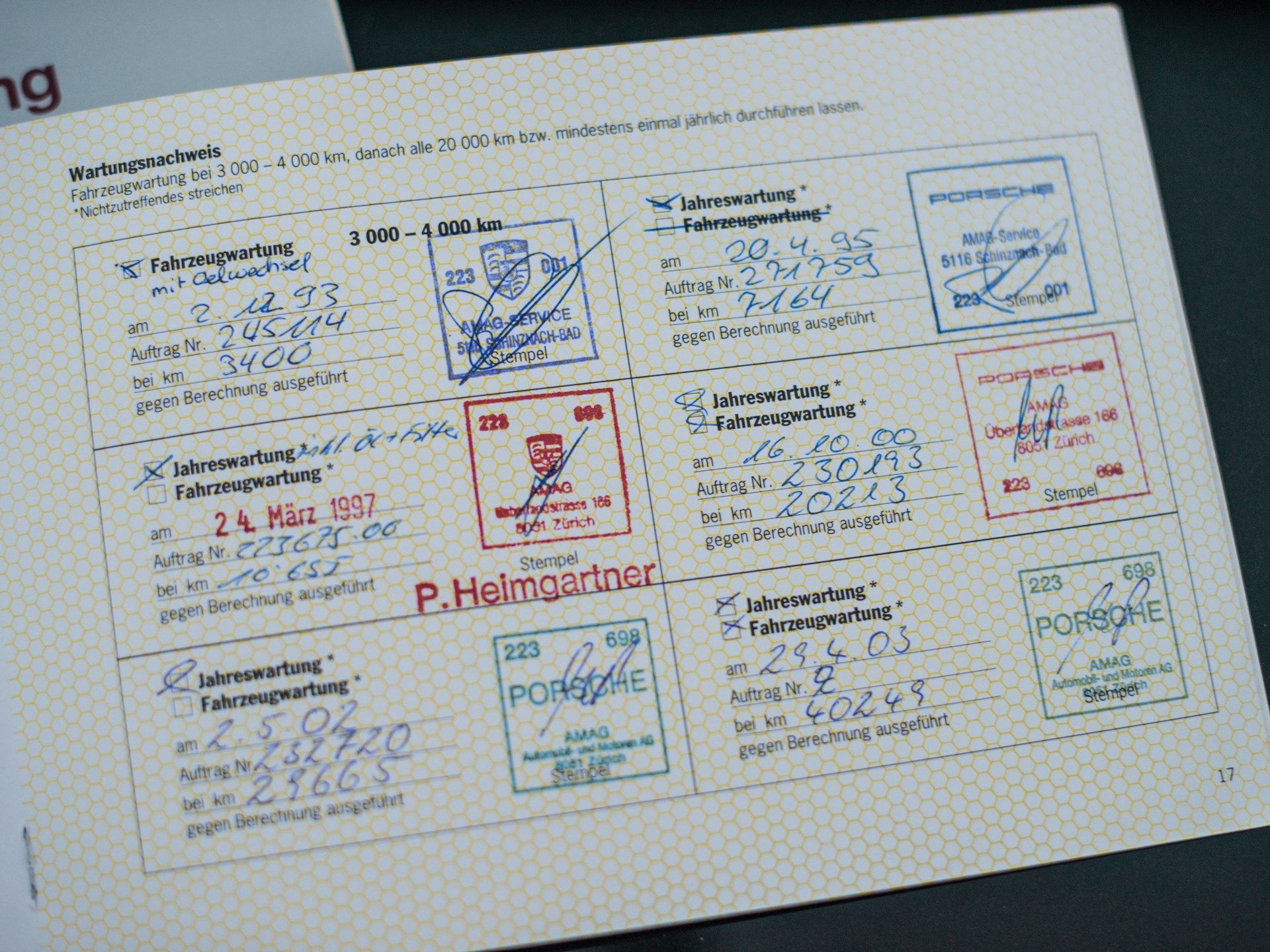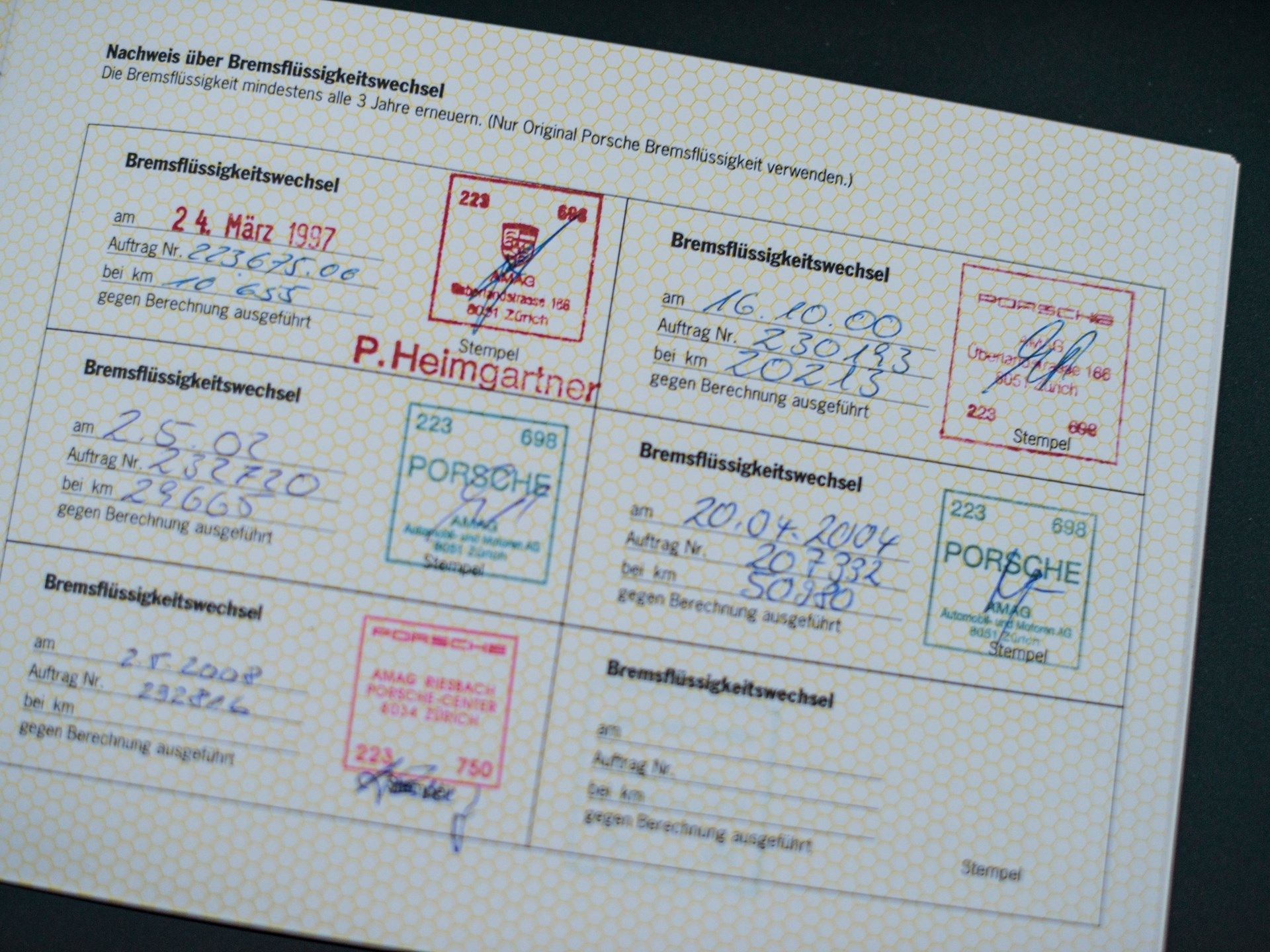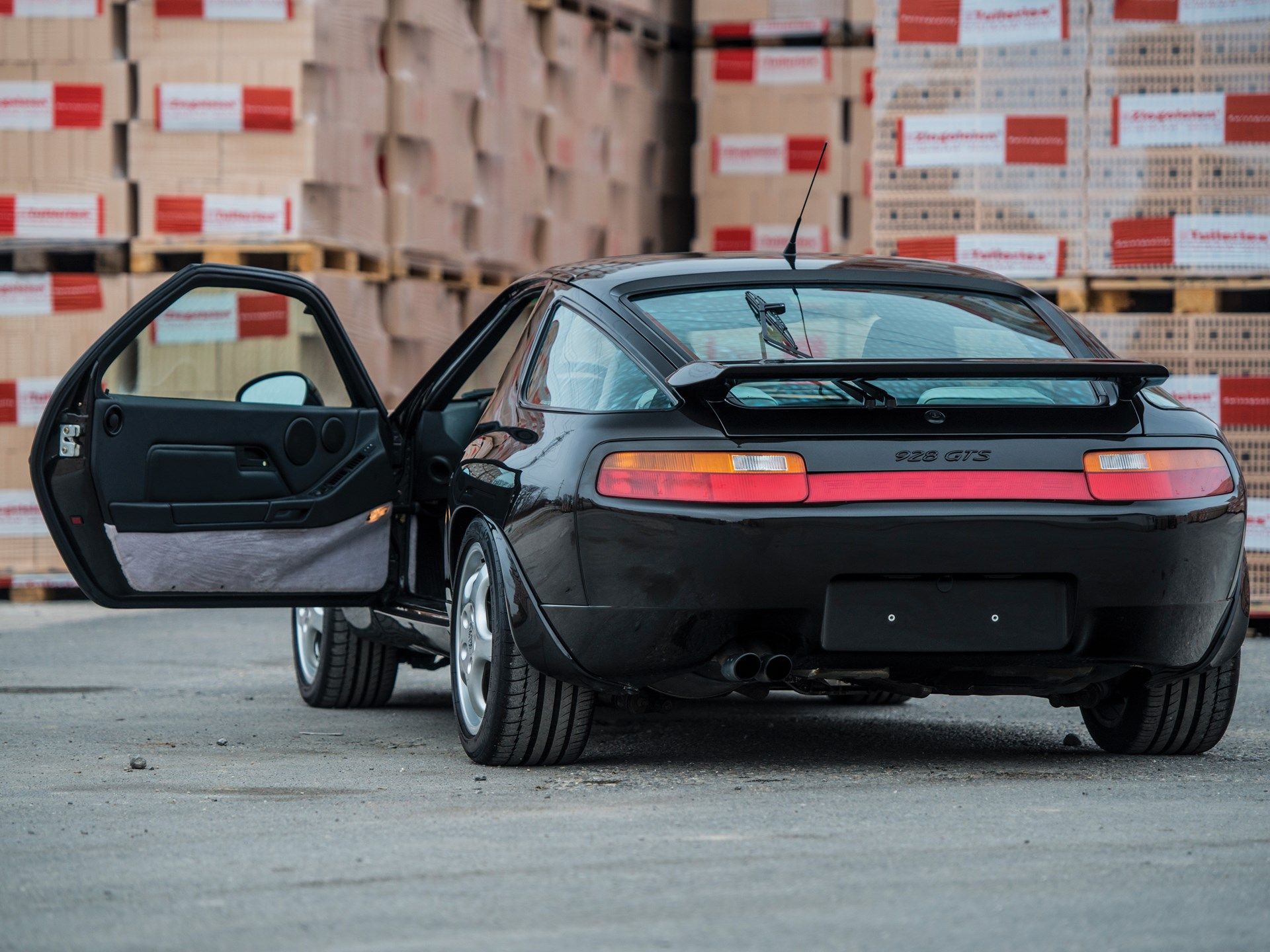The Porsche 928 was the company's first production car with a V-8 engine and the only coupe powered by a front-mounted V-8 as of today. Developed in the 1970s as a replacement of the 911, the 928 was eventually sold alongside the rear-engine sports car. Production lasted from 1977 until 1995.
Porsche's only luxury grand tourer up to date, the 928 was sold in various configurations. In addition to the base model, Porsche offered an S variant and later on changed the badge to the 928 S4. Club Sport (CS) and GT versions followed while the final four model years saw the 928 sold as a GTS only. While it wasn't as popular as the 911, the 928 developed a following, and it's now considered a classic.
Continue reading to learn more about the Porsche 928.
1977 - 1995 Porsche 928
- Make: Array
- Model: 1977 - 1995 Porsche 928
- Engine/Motor: V8
- Horsepower: 345
- Transmission: 5-speed manual
- [do not use] Vehicle Model: Array
The Background
Already a successful automaker by the late 1960s, Porsche began to consider adding a luxury grand tourer to the lineup. At the same time, the Germans were concerned that the 911 was reaching the limits of its potential. This, paired with slumping sales and fears that the U.S. would ban rear-engined cars due to concerns over safety problems with the Chevrolet Corvair prompted Ferdinand Porsche to push for the development of a brand-new model.
The idea was to design a car that would be the best possible combination of a sports coupe and a luxury sedan. Porsche also believed that a grand tourer would have wider appeal than the 911, a car that felt cramped and spartan inside the cabin and was difficult to drive due to its rear-engine, RWD layout. Originally, German engineers considered a mid-engined configuration for the 928.
However, this layout was eventually dismissed as it would have sparked the same emissions and noise control issues the company already had with the 911. Additionally, Porsche concluded that having the engine, transmission, and exhaust cramped behind the seats would not allow enough room for rear-seat passengers.
The 928 debuted at the 1977 Geneva Motor. Sales began later that year as a 1978 model. Production ended in 1995 without a direct successor. Although it was the first front-engined Porsche with a V-8, the 928 wasn't the only car from the German firm with this layout. In 1976, Porsche launched the 924, which had a similar layout but used a four-cylinder mill. The 924 was considered a successor to the 914 and was followed by the 944 in 1982. In 1992, it was replaced with the 968, the company's last front-engined coupe.
Porsche 928 Exterior
The 928 looks unlike any other sports car the German firm had introduced until 1977. Sure, the front-engined layout wasn't new, the 924 arrived a year before, but the 928 was longer and sleeker, and also looked decidedly more aggressive. Needless to say, it also looked modern compared to the 911, which was starting to show its age despite the somewhat significant update from 1975.
Layout-wise, the 928 is a standard grand tourer with a really long nose and the doors placed further back. However, while GTs from Ferrari and Aston Martin had conventional decklids, the 928 had none, with the rear window extending all the way to the rear fascia. The quarter windows are also big and ran the entire length of the rear fenders. Access to the trunk is made through a large hatchback instead of a traditional trunk lid.
While the 911 had kept the organic design introduced in the 1960s, the 928 was penned with a dash of wedge styling, which had been very popular in the 1970s. The sharp and narrow nose had big headlamps on each side, while the lower section lacked a traditional spoiler. The pop-up headlamps were a bit unusual too. While most vehicles had them hidden under the hood, the 928's were mounted on the outside and oriented upward when not in use. Once activated, they popped forward.
The engine hood and the side panels were rather clean, with the belt line a bit wider than the rest of the car. Thanks to the big, slanted quarter windows, the lack of a decklid, and the "phone dial" wheels, the profile looked quite exotic. The rear end was equally unusual, with big taillights carved deep into the body. The clean fascia featured big "Porsche" lettering, while the license place was placed below. The first edition had no spoiler or rear bumper.
Although it remained relatively unchanged for 18 years, Porsche made a few improvements. In 1980, the S model arrived with front and rear spoilers. A small, optional wing also became available the same year. In 1987, Porsche redesigned the front and rear bumper light assemblies that were narrower. The taillights were also revised without the original outlets into the body and a red light bar was added between them. The GTS trim added new feature in 1992, including flared rear fenders and "Cup-style" mirror caps.
Of course, Porsche added numerous wheel designs throughout the years, as well as various exotic colors. In 1995 for instance, Porsche offered the 928 GTS in the iconic Iris Blue and Amazon Green.
Porsche 928 Interior
While the modern 911 can be labeled as a premium sports car when it comes to materials and features, the first-gen coupe was rather spartan by comparison. Sure, Porsche offered leather upholstery and a few interesting options, but the 911 was far from fancy. The 928 arrived to fix just that, and it did so with features usually found in Ferraris and Aston Martins, plus a few novelties.
Although it was designed to compete with rival offerings from the GT market, the 928's interior remained decidedly sporty. The tall center console and the sloping center stack separated the driver and passenger compartment just like in full-fledged supercars. The dashboard was smooth and simple, but the big instrument cluster mounted on top gave the interior a race-inspired vibe. The larger, central speedometer and rev counter is flanked by oil pressure and fuel/coolant gauges, which in turn are flanked by buttons on each side.
A particularly interesting feature was the tilt-adjustable steering wheel that moved the instrument cluster with it to provide good gauge visibility at all times. While this is a common feature nowadays, only a handful of vehicles had it back in the day. And Ferrari and Lamborghini weren't among them! Other unusual features for the era included an air-conditioned glove box and back-seat sun visors.
The seats were quite sporty and provided plenty of lateral support for a GT. Cloth upholstery was standard, but Porsche offered leather as an option. Although it wasn't particularly popular back in the day, the "checkerboard" seating surfaces and door panel inserts are highly collectible now. The leather trim was on the seats later expanded to include the door panels and the headliner. The options list included an electric sliding sunroof too.
In the back, the traditional bench was ditched in favor of individual bucket seats. But despite the GT layout, these weren't exactly comfortable for adults. They offered more space than the 911, but the 928 fell behind some of the competition in terms of rear-seat legroom. As on previous Porsches, the backrests could be tilted down for extra cargo space. With a proper trunk in the back, this was a massive advantage for the 928 compared to the 911.
Each door panel had large pockets concealed beneath the armrests that could be pulled in four inches for enhanced support during spirited driving.
The list of standard features was quite rich and included a vacuum-operated central locking system, power windows, cruise control, a rear-window wiper and electric defroster, electric and remote-adjustable and heated door mirrors, and a four-speaker stereo radio and cassette player.
Much like the exterior, the cabin was updated many times until 1995. In 1985, Porsche added restyled front seats, revised door panels with stereo speakers, and a shorter gear lever. In 1989, the Germans introduced a digital screen for the dashboard, while 1990 saw the introduction of a tire pressure monitoring system and dual airbags as standard. Cars built for the 1991 model year had a new shift knob with leather booth and a check engine warning light. Finally, Porsche added a pollen filter for the 1994 model year.
Porsche 928 Drivetrain
Porsche wanted a large-displacement V-8 engine to power the 928, but it took a few years until the company settled for the production unit. The first prototypes were built with a 5.0-liter unit rated at nearly 300 horsepower, but Porsche also considered a 4.6-liter V-10 at the request of Ferdinand Piech. This unit was based on Audi’s five-cylinder engine, which in turn was a derivative of the Volkswagen Golf powerplant, but this option was eventually rejected by the company’s board, mostly because it wanted Porsche to maintain some separation from Volkswagen. The two brands have collaborated in the past, with the Porsche 914 and 912E co-developed with VW and the 924 built with many Audi components at the Neckarsulm factory.
Porsche eventually settled for a 4.5-liter V-8 that produced 237 horsepower, which they considered to have a proper balance of performance and fuel economy. The engine had a single overhead camshaft design and was paired to a transaxle to help achieve a 50/50 front/rear weight distribution. Transmission choices included a five-speed manual and a Mercedes-Benz-derived, three-speed (later upgraded to four speeds) automatic. While the European model came with 237 horsepower, the U.S. version was rated at only 219 horses due to emissions regulations.
The 928 was also fitted with the Weissach Axle, a rear-wheel steering system that helped increase stability while braking during a turn. This feature has become mainstream on modern sports cars, but it was quite rare in the late 1970s.
Porsche revised the engine for the 1980 model year (1983 in the U.S.) when the updated 928 S was launched. Displacement increased to 4.7 liters, while power jumped to 297 horsepower. This version also used Bosch fuel injection and electronic ignition. In the U.S., the 928 S was equipped with smaller valves, milder camshafts, smaller diameter intake manifolds, and additional equipment that reduced emissions. These add-ons limited output to 234 horsepower. European models were upgraded to 306 horsepower for the 1984 model year.
North American customers gained an updated car for 1985 when Porsche replaced the 4.7-liter unit with a revised 5.0-liter V-8. Fitted with four valves per cylinder and a different compression ratio, it delivered 288 horsepower, which made it less powerful than its European 4.7-liter counterpart.
The 928 became more powerful when the S4 version was introduced for the 1987 model year. The 5.0-liter V-8 was available on all markets with a single-disc clutch in manual transmission cars and a larger torque converted in the automatic variants. Output increased to 316 horsepower. This model was joined by a Club Sport version which was some 220 pounds lighter than the S4. Also, the Germans introduced the SE to bridge the gap between the two in the U.K. Fitted with new pistons, cams, and ECU software; the SE was believed to be slightly more powerful than the S4, although this was never confirmed by the company.
The 928 continued with 316 horsepower until 1991, but 1989 saw the introduction of a slightly more powerful GT model, rated at 326 horsepower. Porsche also made various upgrades to the drivetrain, adding revised pistons, thicker cylinder head casting, improved cooling systems for the cylinder heads, and computer controlled locking differential.
Porsche upgraded the engine one last time in 1992 when the 928 GTS replaced both the S4 and GT models. Displacement increased from 5.0 to 5.4 liters due to a larger crankshaft stroke. Porsche also revised the camshafts for improved fuel economy and added larger brakes. The manual gearbox now featured a differential driven oil pump and a front-mounted oil cooler. Output jumped from 326 to a whopping 345 horsepower in all markets. These specs remained unchanged until production ended in 1995, but Porsche continued to make small updates to the drivetrain.
How fast was the 928? In its original configuration, it needed 7.6 seconds to hit 62 mph from a standing start. The 928 S completed the sprint in 6.7 clicks, while the lighter CS model needed 5.7 seconds. Finally, the GTS version sprinted to 62 mph in 5.6 seconds. Top speed increased from 145 mph at launch to 170 mph in the mid-1990s.
Porsche 928 Pricing
Although it was received with great enthusiasm, the 928 was a slow seller. The grand tourer was more expensive than the 911 in base trim, and front-engined design kept many Porsche purists away. In all, 61,056 examples were built from 1978 to 1995, most of which were the original 928 S model, assembled in 17,669 units. The S4 version was made in 15,682 examples, while the S2 left the factory in 14,347 units. Porsche also built 8,315 928 S models, 2,904 GTS versions, and 2,078 GT variants. The 928 SE and CS are the rarest, with only 42 and 19 units built, respectively.
Pricing for the 928 varies greatly depending on model year and condition. Early cars are usually more affordable with prices starting from around $8,000 for examples that need restoration. Later models, which are more powerful and feature better trim, usually start from below $20,000. But these cars also need work, so be prepared to spend more on parts. Mint-condition examples are definitely more expensive, with prices between $45,000 to $58,000. The higher performance GTS is the most expensive of the bunch, with perfect examples with low mileages selling for more than $100,000.
Porsche 928 Competition
Jaguar XJ-S
Based on the XJ sedan, the XJ-S replaced the iconic E-Type in 1975. While its design wasn’t as flamboyant as the 928, it was regarded as one of the most luxurious grand tourers of its time. Jaguar offered the coupe until 1996 in three distinct generations. The original XJ-S was powered by the same 5.3-liter V-12 engine in the E-Type, but with notable upgrades and an output set at 282 horsepower. The coupe was on par with the 928 performance-wise, needing 7.6 seconds to hit 62 mph, to go with a top speed of 143 mph. The grand tourer was revised in 1981 when it also received a more efficient V-12. Also, a 3.6-liter inline-six with 228 horsepower was added for those looking for enhanced fuel economy.
In 1988, Jaguar introduced a higher performance XJR-S model developed in cooperation with TWR. A newly developed 6.0-liter V-12 sent 333 horsepower to the wheels and increased top speed to 158 mph. One final facelift was made in 1991 when the car was rebadged the XJS. Jaguar revised the inline-six into a 4.0-liter unit (238 horses) but continued to offer the 5.3- and 6.0-liter V-12s. The most powerful version generated 306 horsepower and hit 62 mph in 6.8 seconds. The British firm built around 125,000 units in across the 20-year production run. Unlike the 928, the XJ-S was also offered as a convertible. Prices start from around $12,000 for early V-12 cars, but some can cost in excess of $30,000. Six-cylinder models fetch between $10,000 and $18,000, but mint-condition examples will set you back more than $25,000. Convertible models are particularly expensive, with some valued at more than $50,000.
Read our classic review of the 1975-1980 Jaguar XJ-S V12}
BMW M6 / BMW 8 Series
Now a notable player on the luxury grand tourer market, BMW didn’t offer such vehicles back in the 1970s. It did introduce the 6 Series in 1976, but the Bimmer was no match for the 928 on the performance front. This changed in 1983 when it dropped a modified version of the M1 in the coupe to create the M6. Critically acclaimed for its sporty style and shark-nose front end, the M6 was powerful too, despite not using a big V-8 or V-12 engine. In Europe, the range-topping model was called the M635CSI and used a 3.5-liter inline-six rated at 282 horsepower, just enough to give the Porsche a run for its money. In the U.S., it was called the M6 and used a different 3.5-liter engine, tuned to 256 horsepower. The Bimmer was pretty quick too, needing 5.8 and 6.1 seconds to hit 62 mph in European and U.S. trim, respectively. The M6 was so fast and nimble that Cunningham BMW ran a bone stock car in the 1986 La Carrera Classic Race in Mexico, where it recorded a top speed of 176 mph. Production of the M6 ended in 1989, but BMW had designed another rival for the 928.
Although it didn’t get an M version, the 8 Series, built between 1989 and 1999, was more than suited to go against the 928. Sporting a more modern design with pop-up headlamps, the 8 Series was also a bit bigger and more luxurious inside the cabin. BMW also made the switch from inline-six to V-8 and V-12 engines for this model. While the 840Ci came with 282 horsepower, the 850i offered a more impressive 322 horses. In 1992, the V-12-powered 850CSi arrived into dealerships with no less than 375 horsepower, a 30-horsepower increase over the 928. Built in a little over 30,000 units, the 8 Series is one of the rarest Bimmers ever made. Consequently, it can get pretty expensive in top trim with stickers in excess of $50,000.
Read our full review of the 1989 - 1999 BMW 8 Series}
Ferrari 400 / Ferrari 456
The 928 was obviously aimed at Ferrari grand tourers and the German GT faceed many rivals during its life cycle. In 1976, Maranello had just discontinued the 365 GT4 and introduced the 400. Essentially a mild upgrade to the 365, the 400 shared styling cues with its predecessor, including the angular design and the pop-up headlamps. With a 4.8-liter V-12 engine sending 335 horsepower to the rear wheels, the 400 needed 7.1 seconds to hit 62 mph. Another update was made in 1979 when the car was renamed the 400i. Notable changes included fuel injection instead of carburetors and a power drop to 306 horsepower in order to meet emission standards. In 1985, the third update, now called the 412, enlarged the engine to 5.0 liters and power went back to 335 horses. These cars were more expensive than the 928, so fewer were made. In all, Ferrari built around 2,380 from 1976 to 1989.
The 400 series did not get a direct successor in 1989, but Ferrari introduced a new 2+2 grand tourer in 1992. It was called the 456 and featured a much more modern design. While the pop-up lights were kept in place, the 456 was more rounded and muscular on the outside, while the interior featured more premium materials and state-of-the-art tech. The V-12 displaced 5.5 liters and generated a solid 436 horsepower. The 456 was obviously quicker too, needing only 5.1 seconds to hit 62 mph from a standing start. Pricing for the 456 range between $65,000 to around $120,000.
Read our full review of the 1976 - 1979 Ferrari 400 GT}
Conclusion
The 928 is mostly known as the car that almost replaced the iconic 911 and as a rather weird vehicle in the company’s lineup. But it’s far more than that. While it wasn’t as popular as the 911 and not as powerful as competitors from Ferrari, it was the fastest naturally aspirated production vehicle in the world in the early 1980s, when it went past the 170-mph mark at the Bonneville Salt Flats. It made extensive use of aluminum and galvanized steel, setting a new trend on the market, and marked Porsche’s entry on the premium market. More importantly, it was the first mainstream car to use a rear-wheel steering system, a feature that’s becoming increasingly popular in the 21st century. The good news is that the 928 is not overly expensive for a classic grand tourer.

